Lima, Peru
We start our actual around the world tour in Lima, Peru. Lima is a dense and sprawling city of 10 million people. You really feel the hustle and bustle of such a large city once you start driving around; basically all throughout the day and evening the traffic is always crazy, tons of people are walking around or taking the local buses, and most restaurants are open till midnight.
We started our first day with a free walking tour in the Centro Historico, the old city center. The tour itself was fine, our guide was a little strange, but we learned a few facts about the history of Lima and saw some quite stunning architecture from the times of the Viceroyalty (the period of Spanish occupation). We met a French Family (Hi!!) that was on month 5 of their own around the world trip. We asked them lots of questions about how their trip was going and swapped travel tips. At this point we basically stopped listening to the guide so our apologies if there was something really interesting we missed and aren’t telling y’all about.


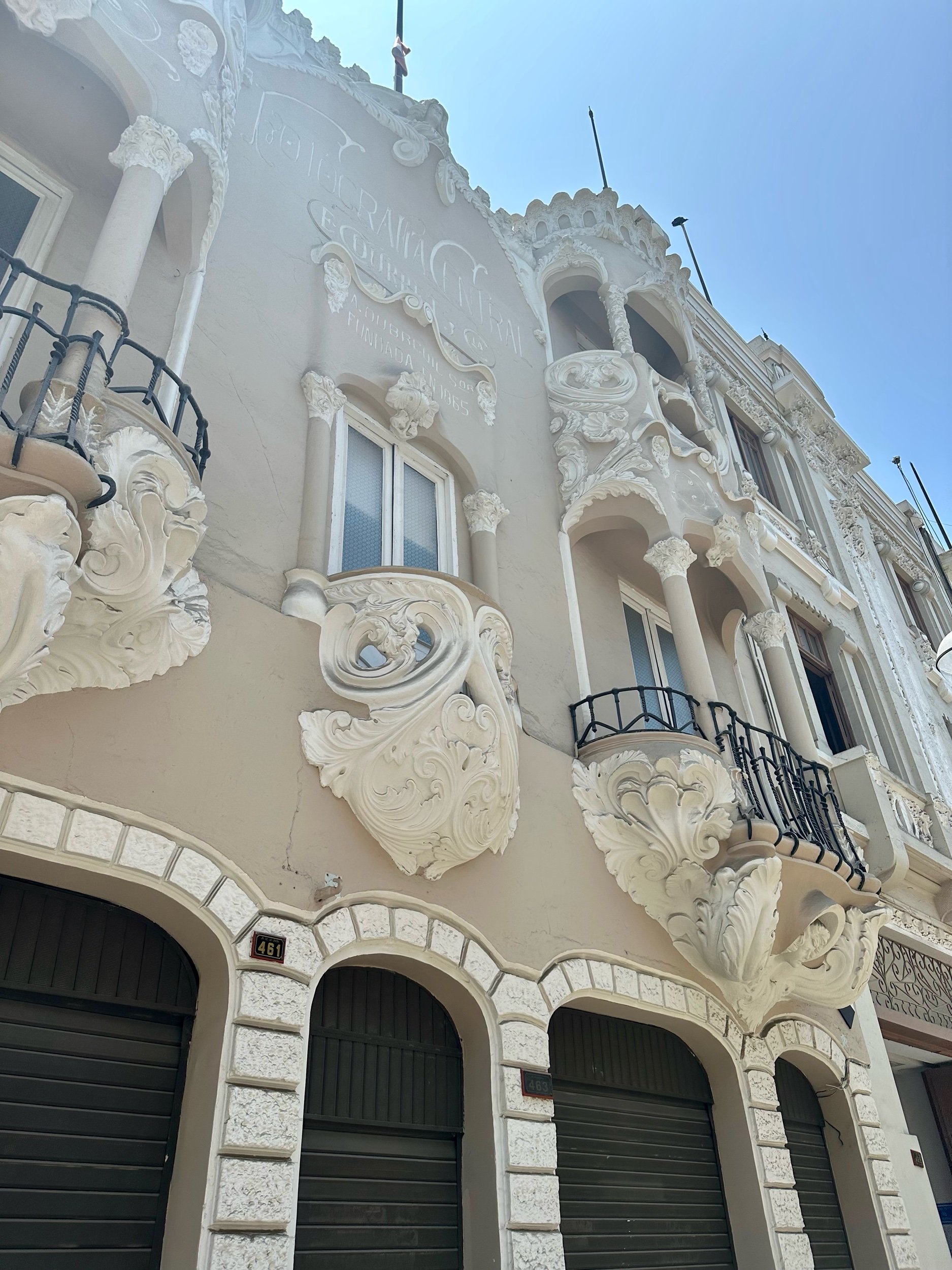
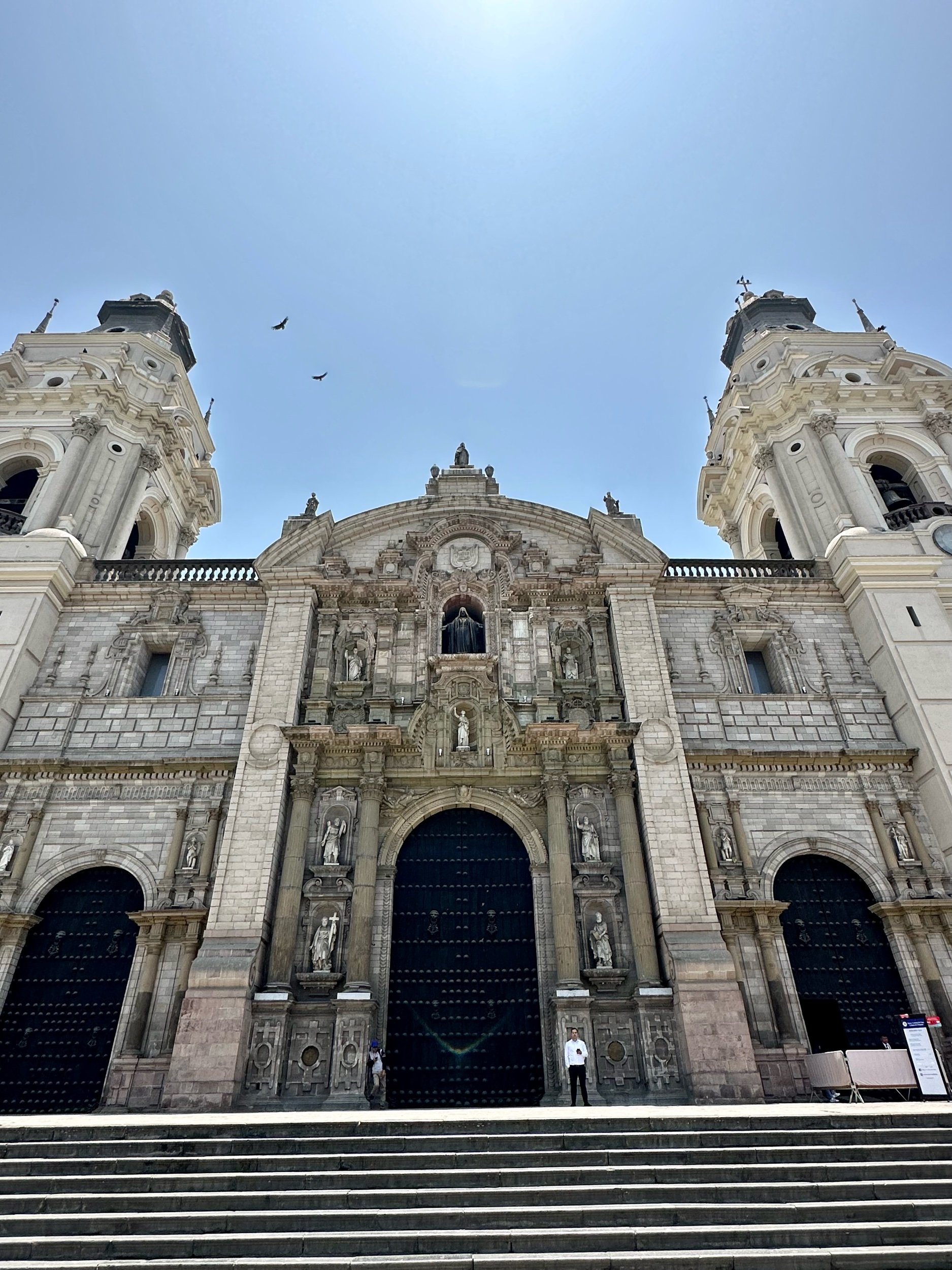
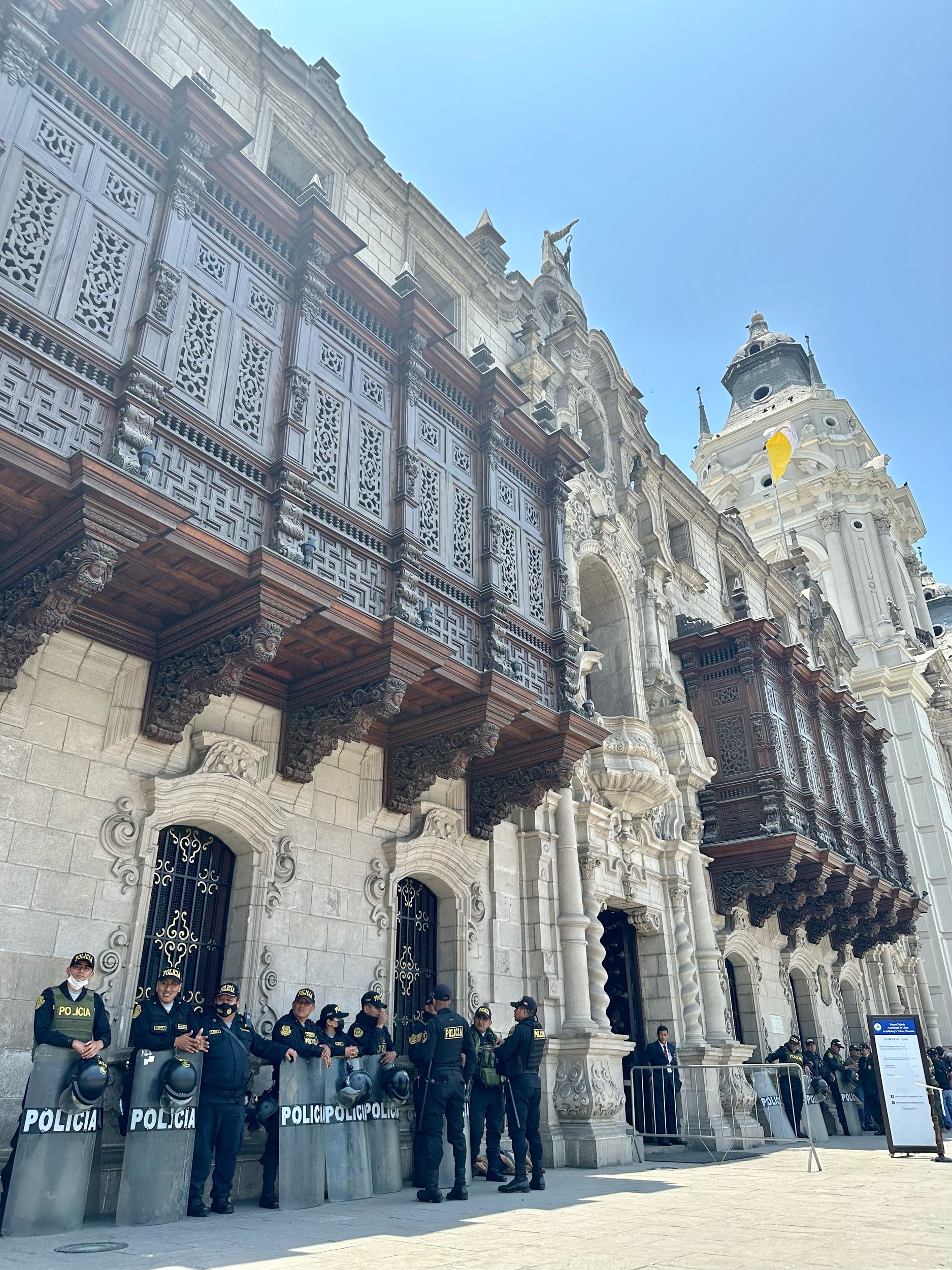
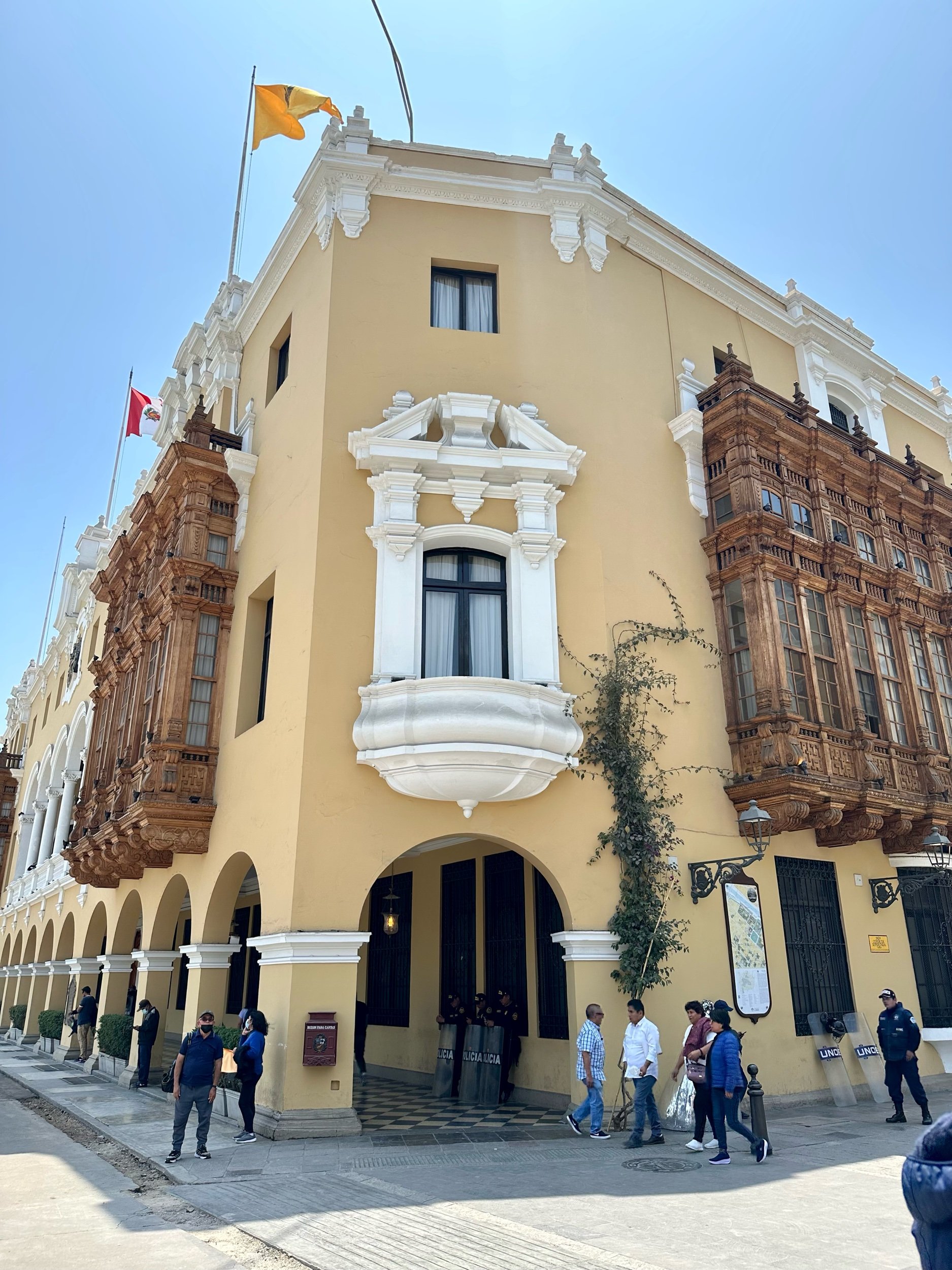
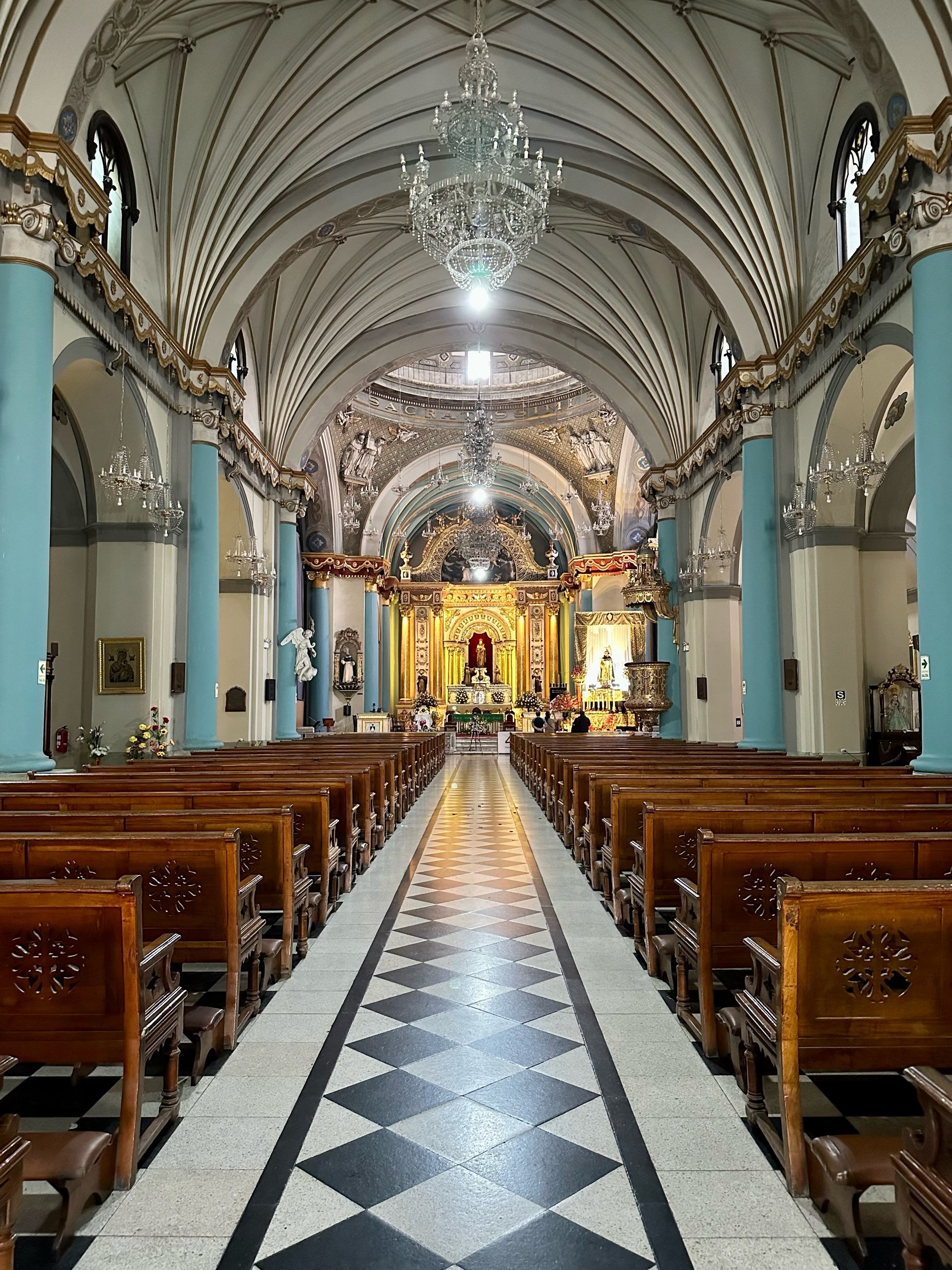


After the tour we took the rapid bus line, The Metropolitano, down to the Miraflores district. This is a beautiful neighborhood that most tourists stay in and is known for its wide variety of food, shopping, and parks. We stopped for a small bite and walked around until our cooking class that evening! We met at Sky Kitchen and cooked with Chef Christian on their beautiful rooftop kitchen and patio. We started off by making Pisco Sours; a famous local beverage made with Pisco (a local wine/liquor), lime juice, simple syrup, egg whites, and a drop of bitters. While Pisco has been drunk in Peru for centuries, the Pisco Sour was actually invented by an American who wanted a cold, refreshing drink similar to the Whisky Sours from back home; it was delicious. We then got on to the food! Our first dish was Causa, a potato-chicken-avocado appetizer. Then we got to the Ceviche. It was incredible that such a simple dish (lime juice, salt, fish stock, evaporated whole milk, garlic, cilantro, a small slice of spicy pepper for Matt, some high quality fresh fish, and topped with sliced red onion) could taste so delicious. Since you aren’t actually cooking the fish the whole dish is ready in like 3 minutes once you start combining your ingredients. We then got to the main dish called Lomo Saltado; kind of like a spanish beef stir-fry with onions, tomatoes, garlic, and various sauces. Peruvians love their starches so we also fried some Papas Fritas and made some rice to go with the beef and veggies. Somehow we still had more food to make and ended with Picarones; a doughnut made from mashed sweet potato and squash mixed with flour and yeast. We fried them ourselves (no burnt fingers!) and then smothered them with homemade spiced molasses. It wasn’t that late after our cooking adventure but we were beyond stuffed and headed in for an early night.
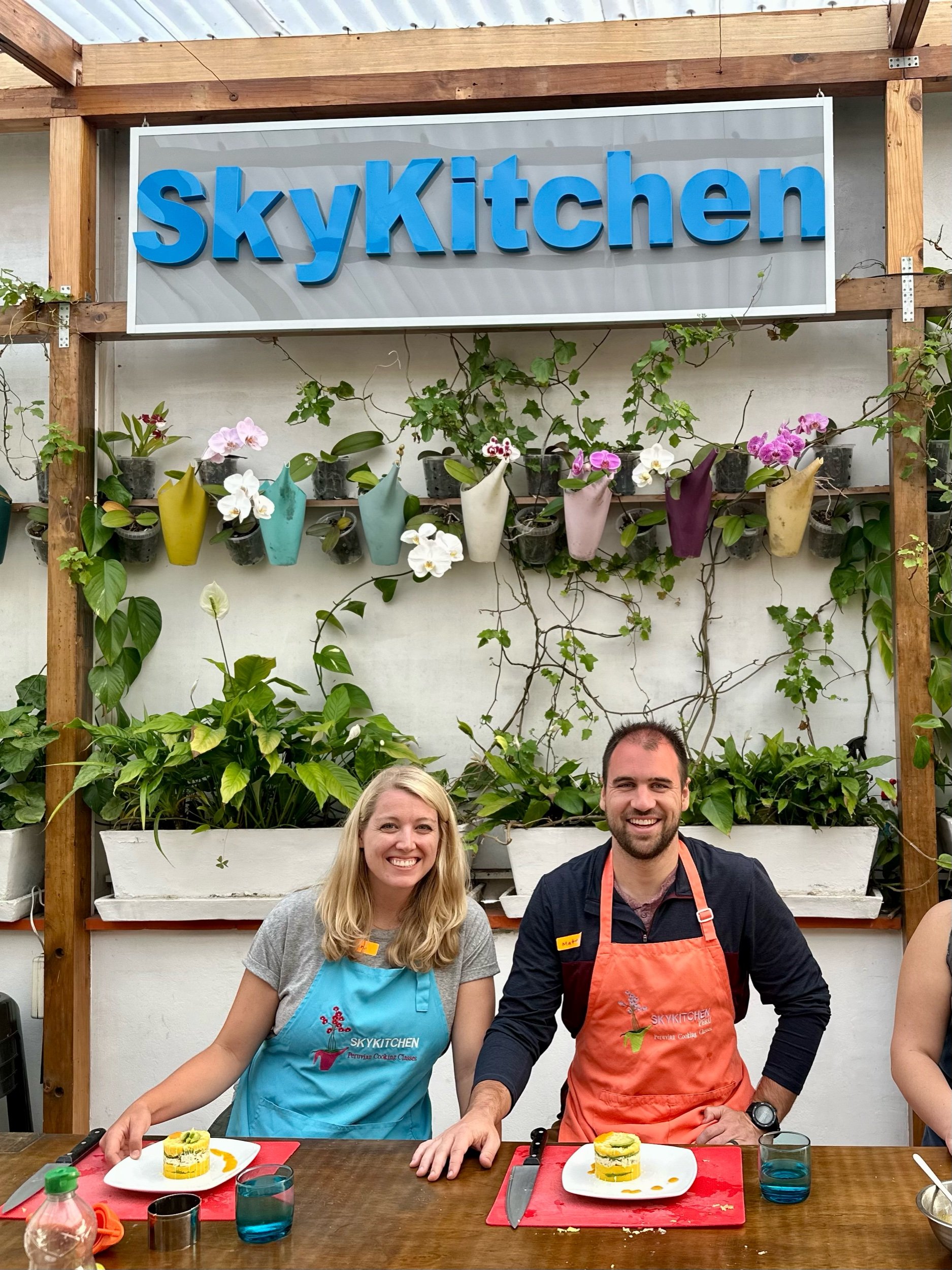
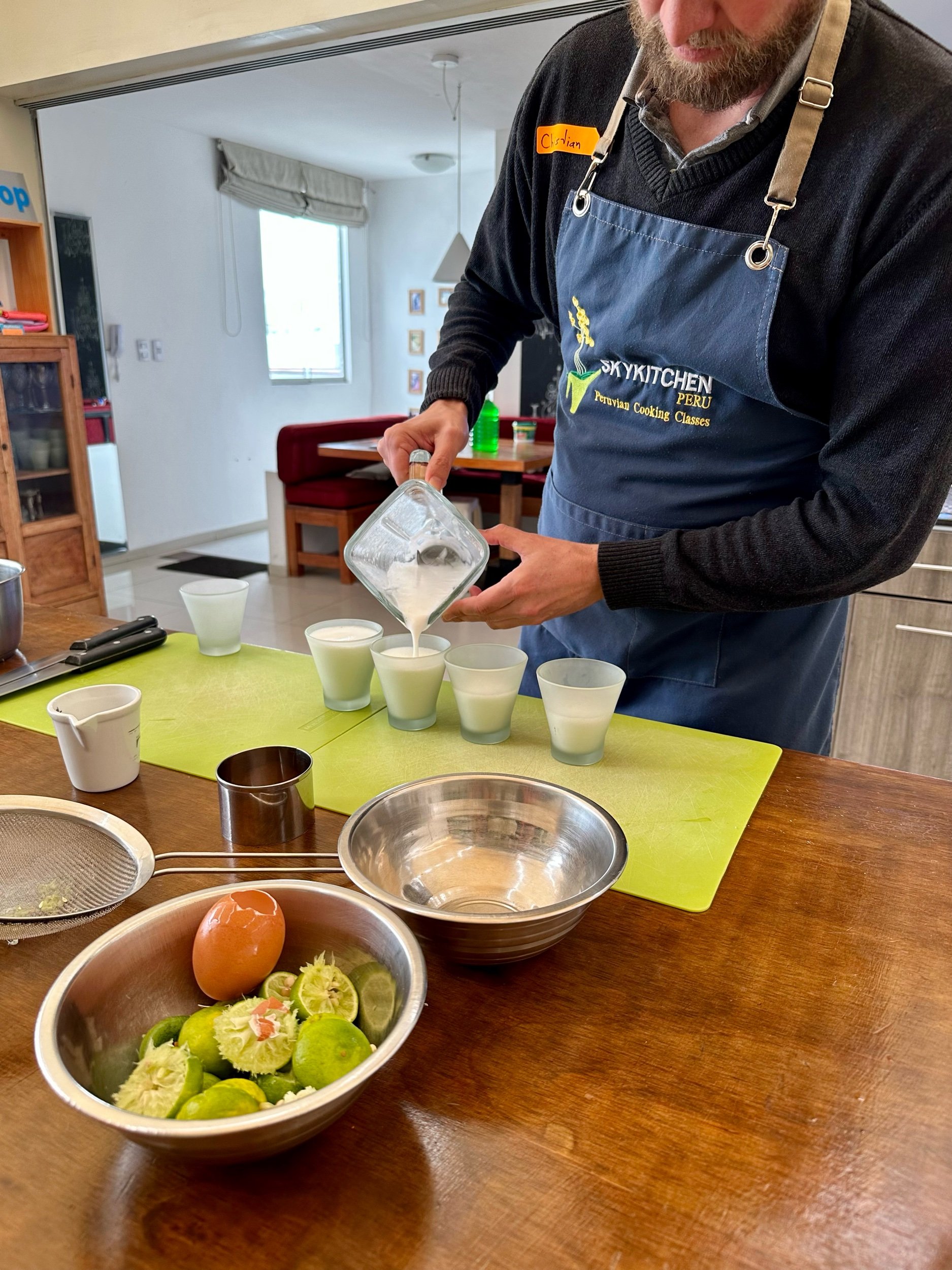
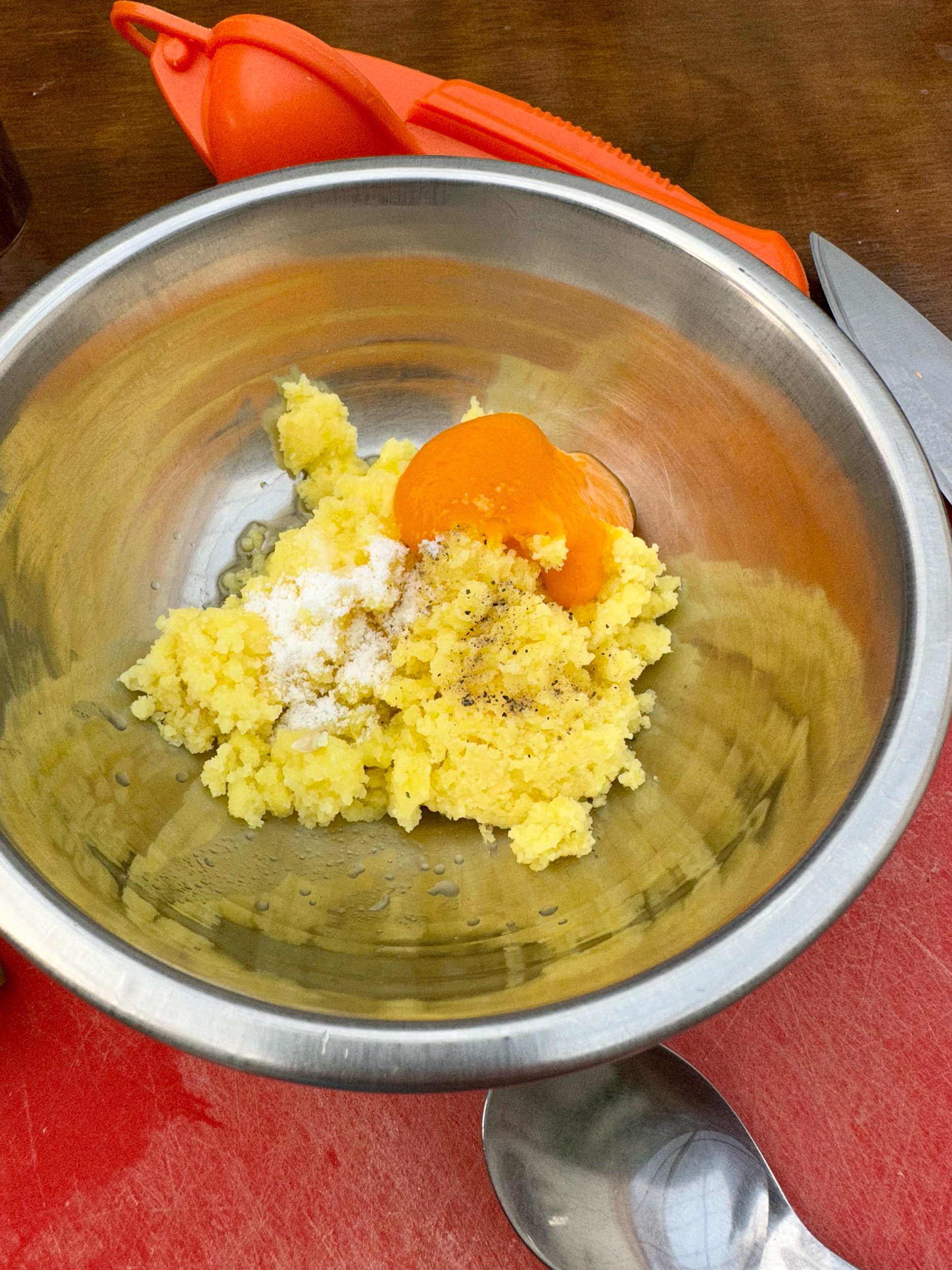
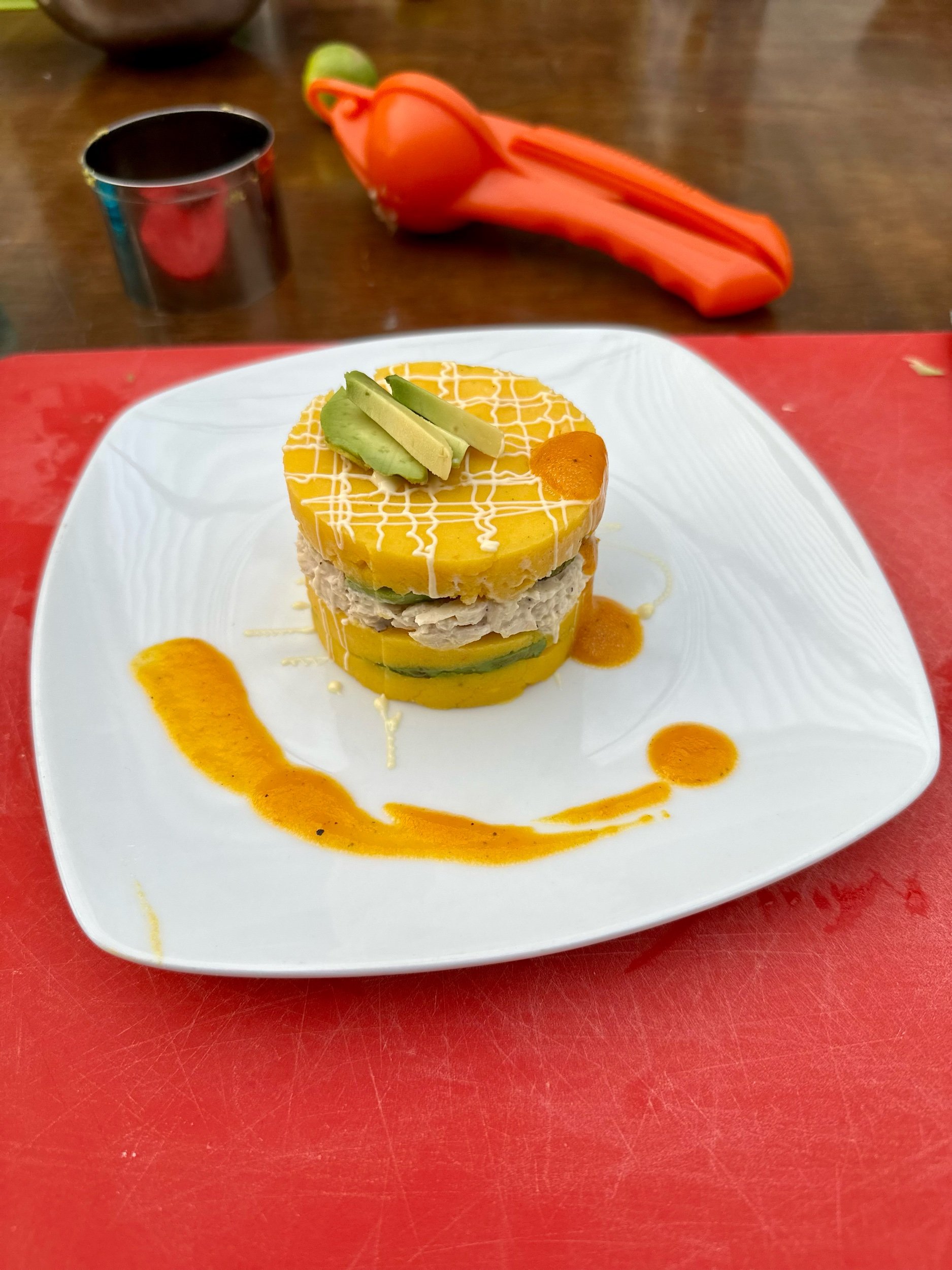
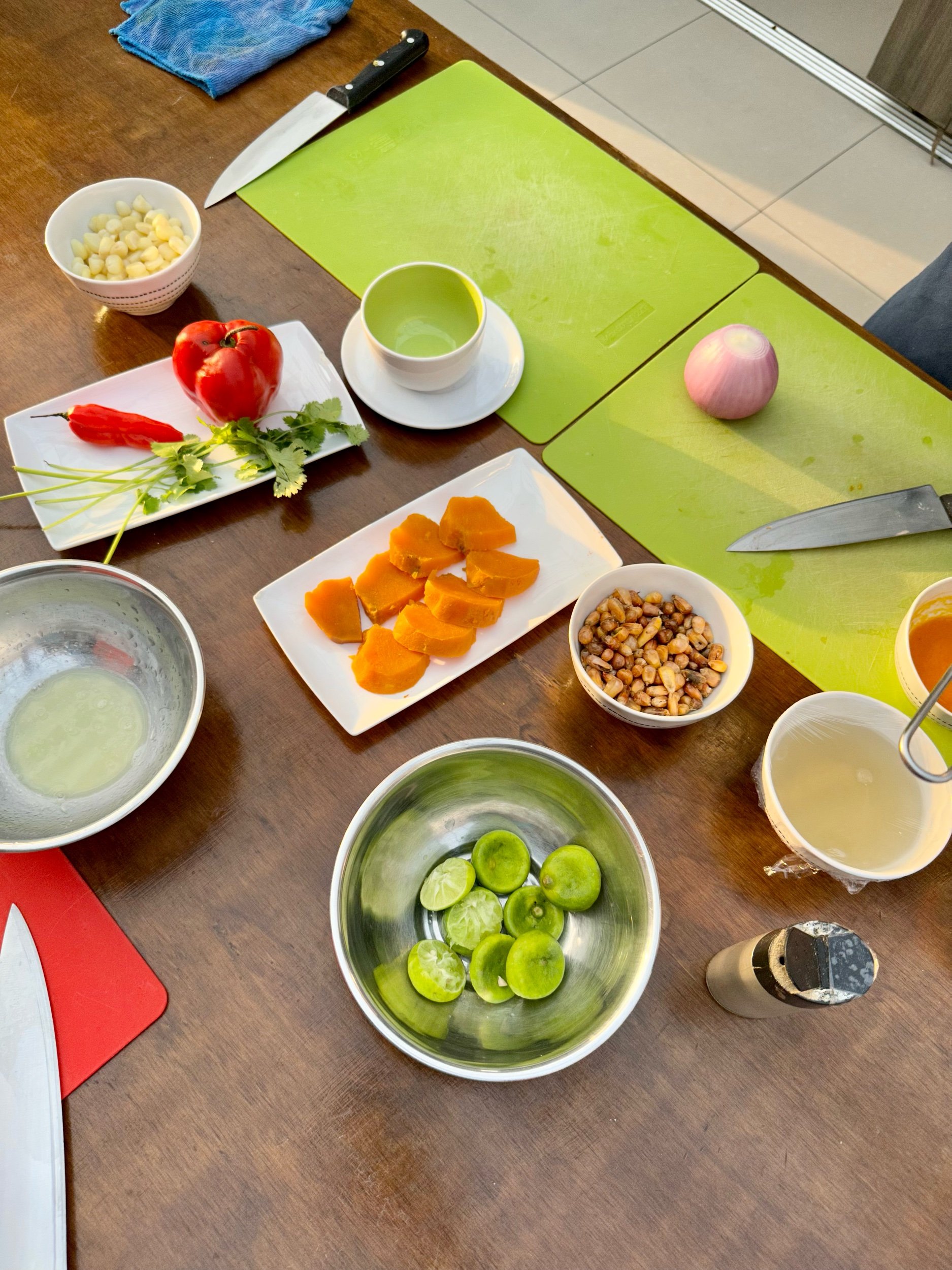
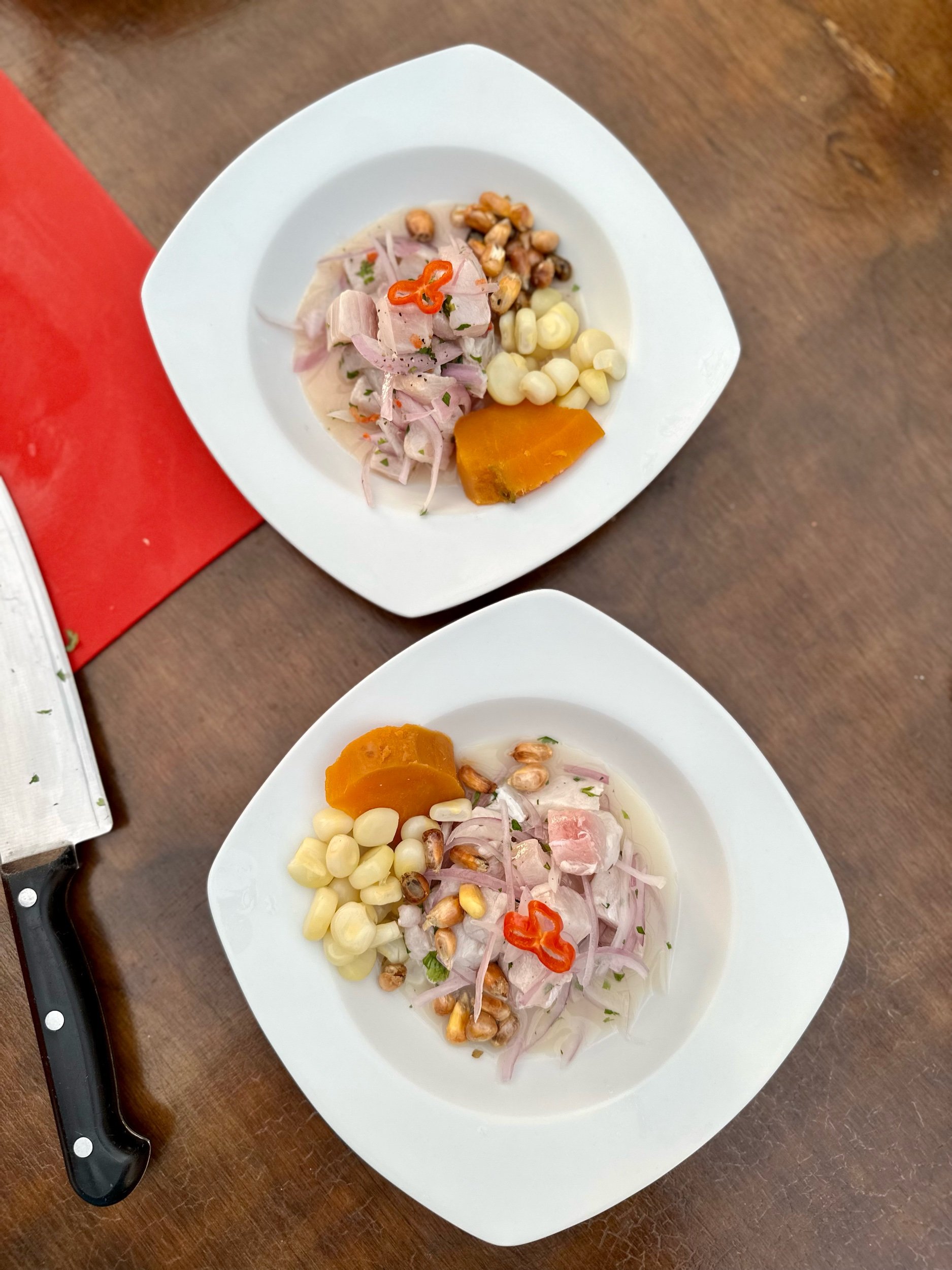
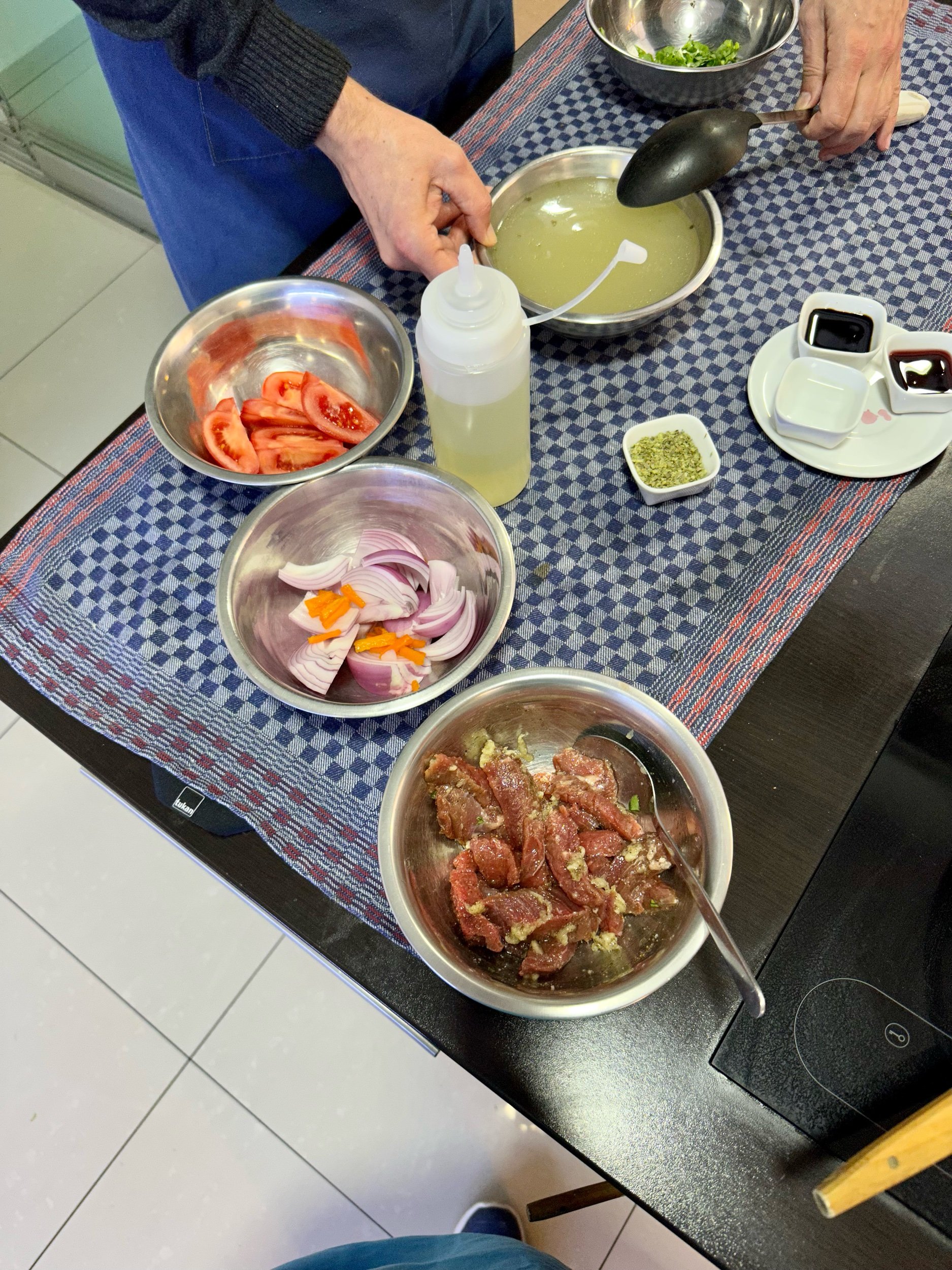
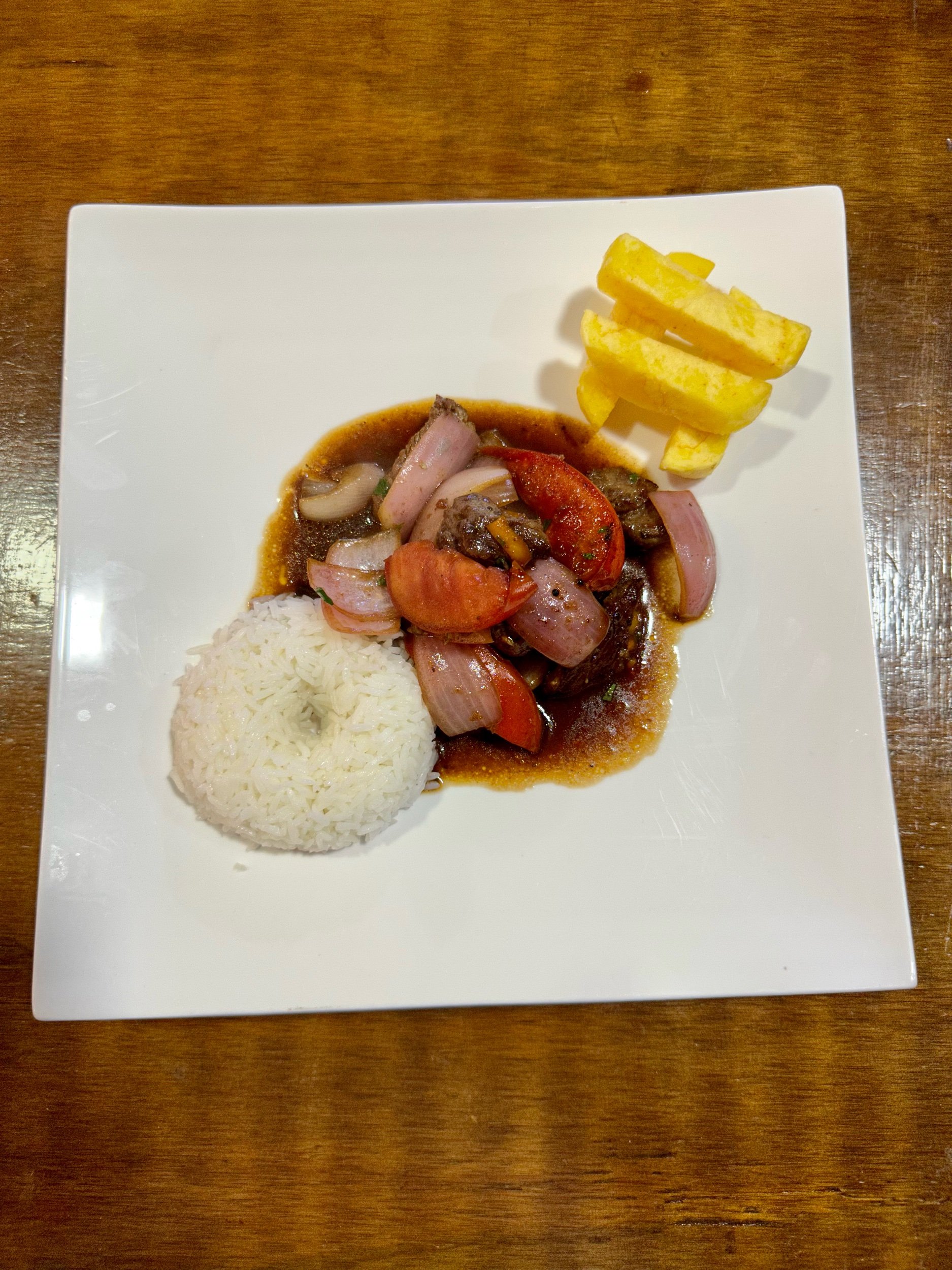
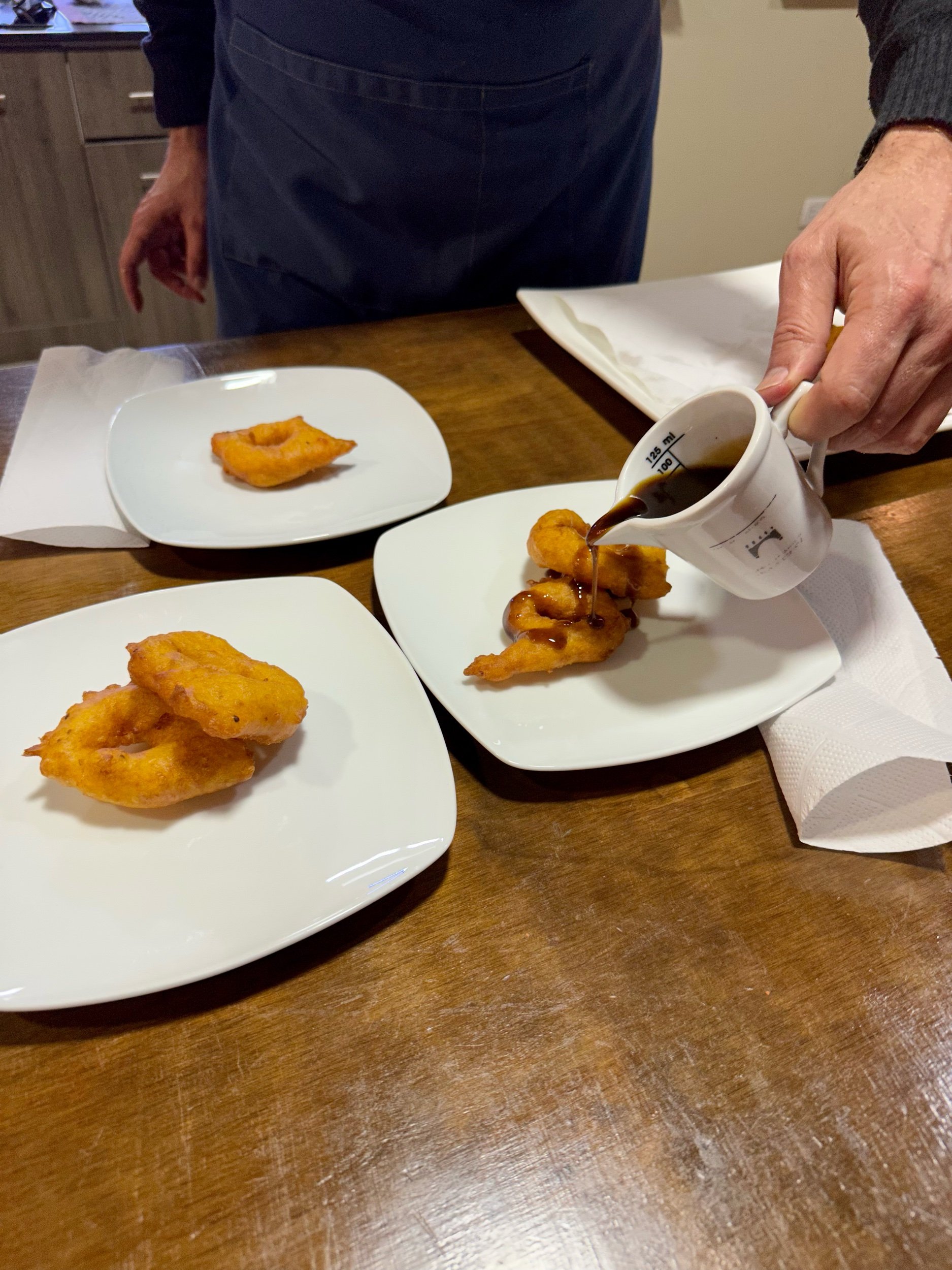

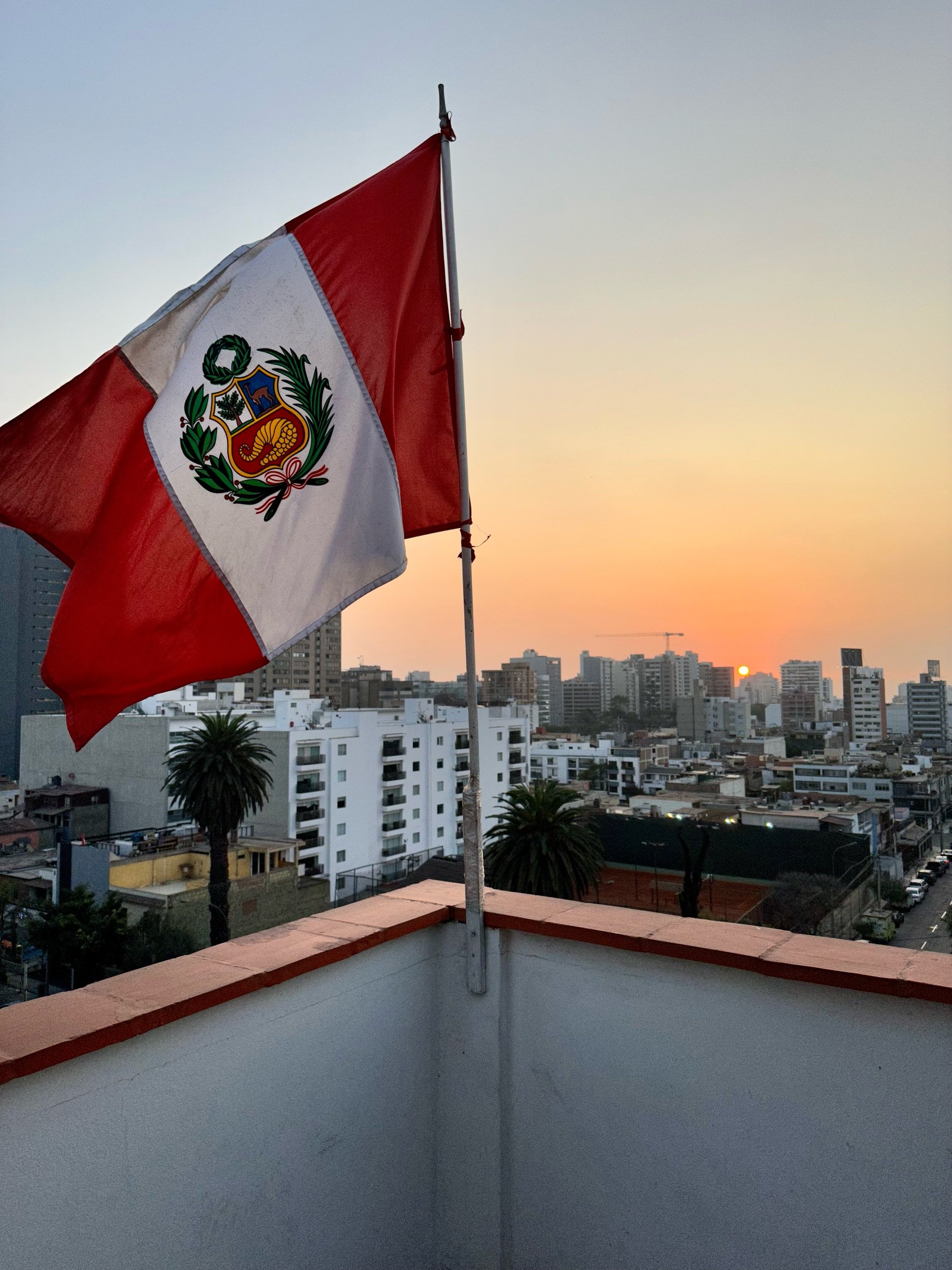
The next morning we walked to the Larco Museo in the Pueblo Libre district. The Larco Museo is in a big mansion that houses the personal collections from its former owner Rafael Larco Hoyle, one of the first Peruvian Archeologists. It had stunning flowers all over the property and a beautiful courtyard. Inside the museum/house were collections from various Native American Cultures, some as old as 2500 years ago all the way to the Incas. They had various artifacts in the form of pottery and blankets from burial sites found all over Peru. The archeologist was able to date the findings very accurately because the regular pattern of La Niña would bury a layer of silt from extreme flooding every 20 years or so. We learned a lot about the symbols the cultures used and what they signified; a serpent signified the underworld, a big cat signified the earth world, and a bird signified the sky. They would combine these three into a sort of god that most would probably recognize as a symbol of the Incas. The condition and quality of the pieces of art was really stunning considering they were hundreds and sometimes thousands of years old. They also had a section on the metal garments that were used to honor important rulers when they passed. They would make huge plates of armor and headdresses out of gold, silver, copper, and tin to honor the dead. One nugget that surprised me was that in the pre-modern world the only things that were “shiny” were the sun and water. So the laypeople would be awed by kings that wore metal that reflected the sun in mysterious ways and made unnatural sounds; it is sometimes difficult to appreciate historic customs and cultures through our modern way of life but that helped me contextualize the power these kings held.
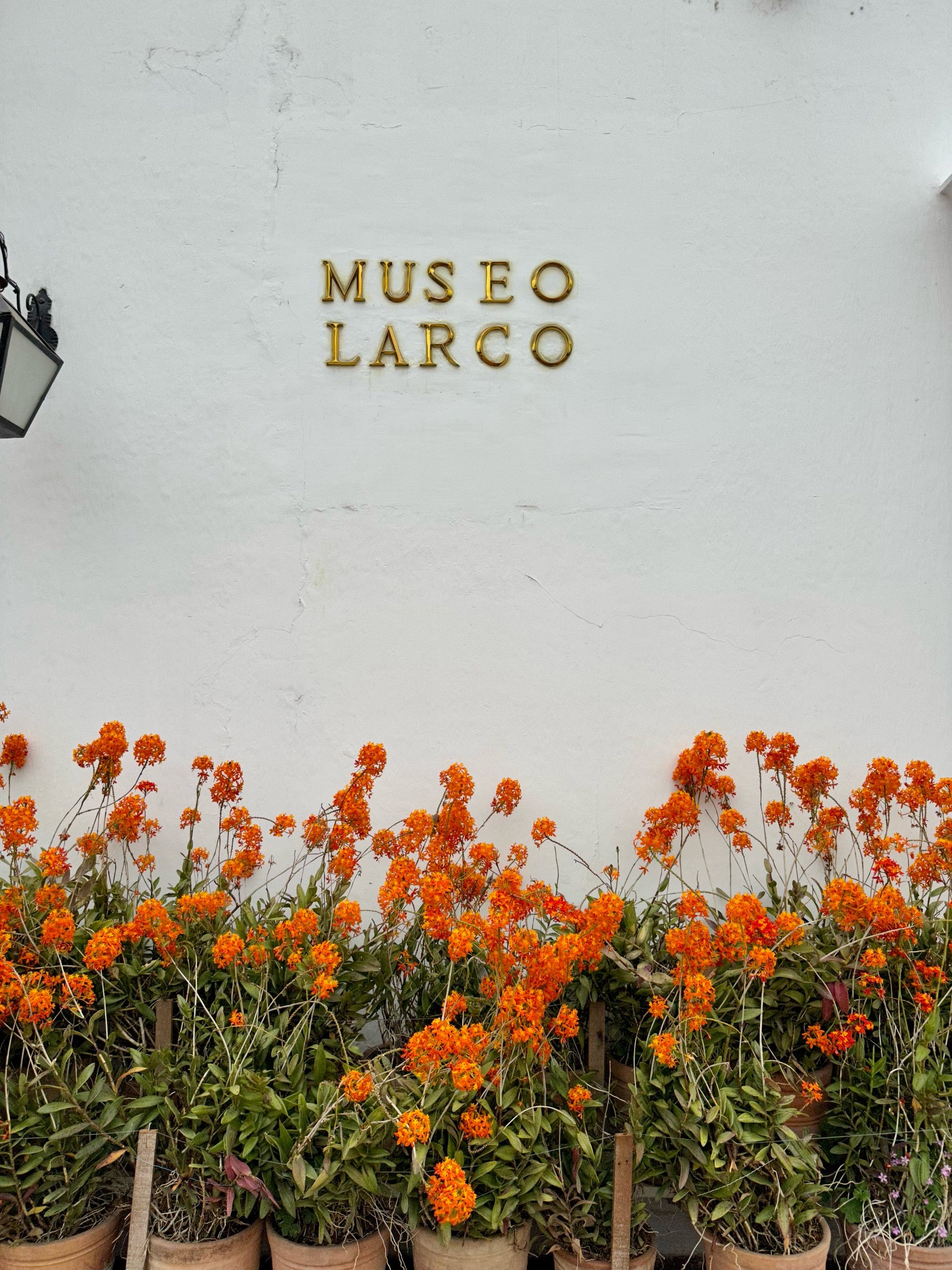
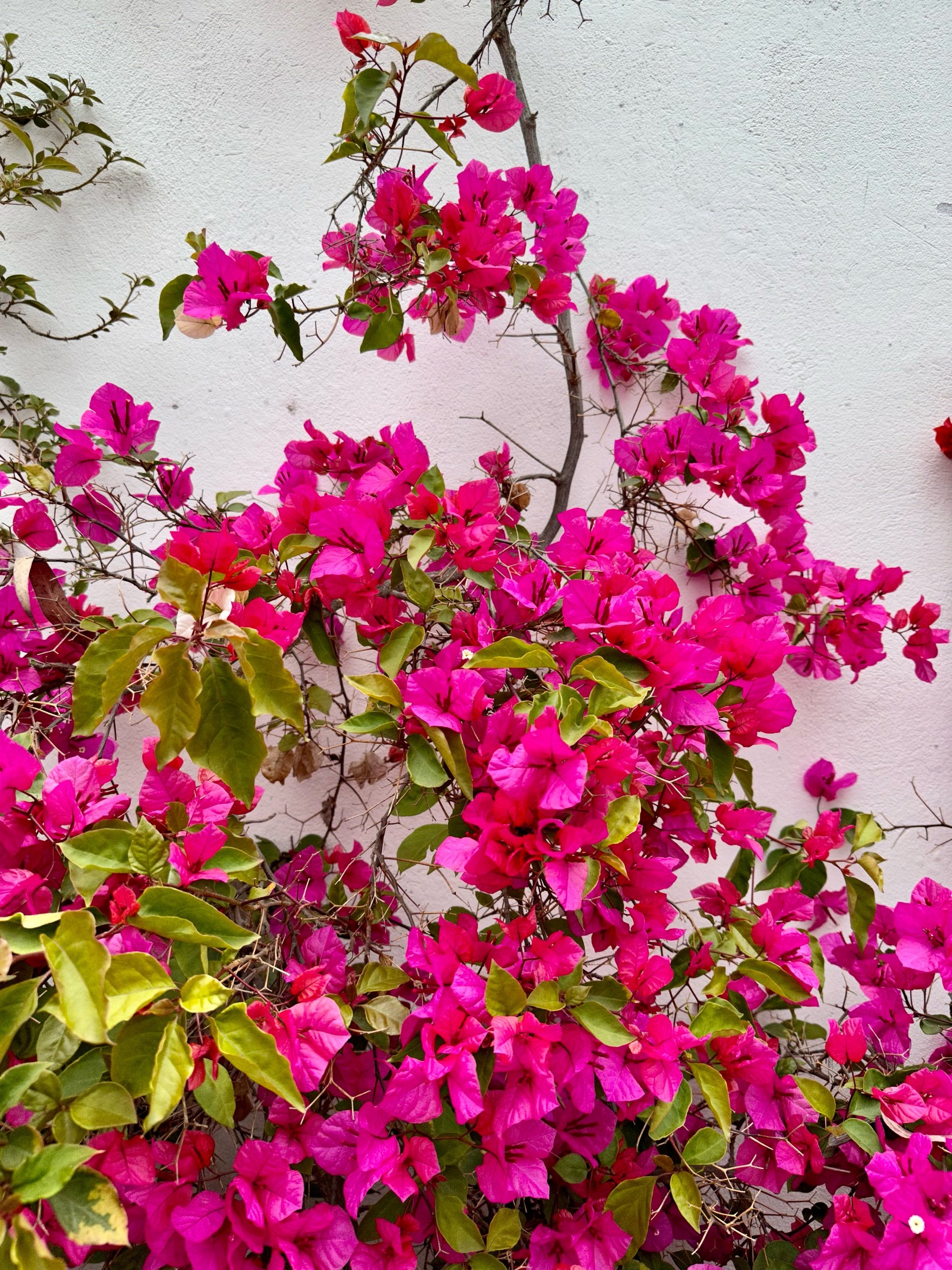
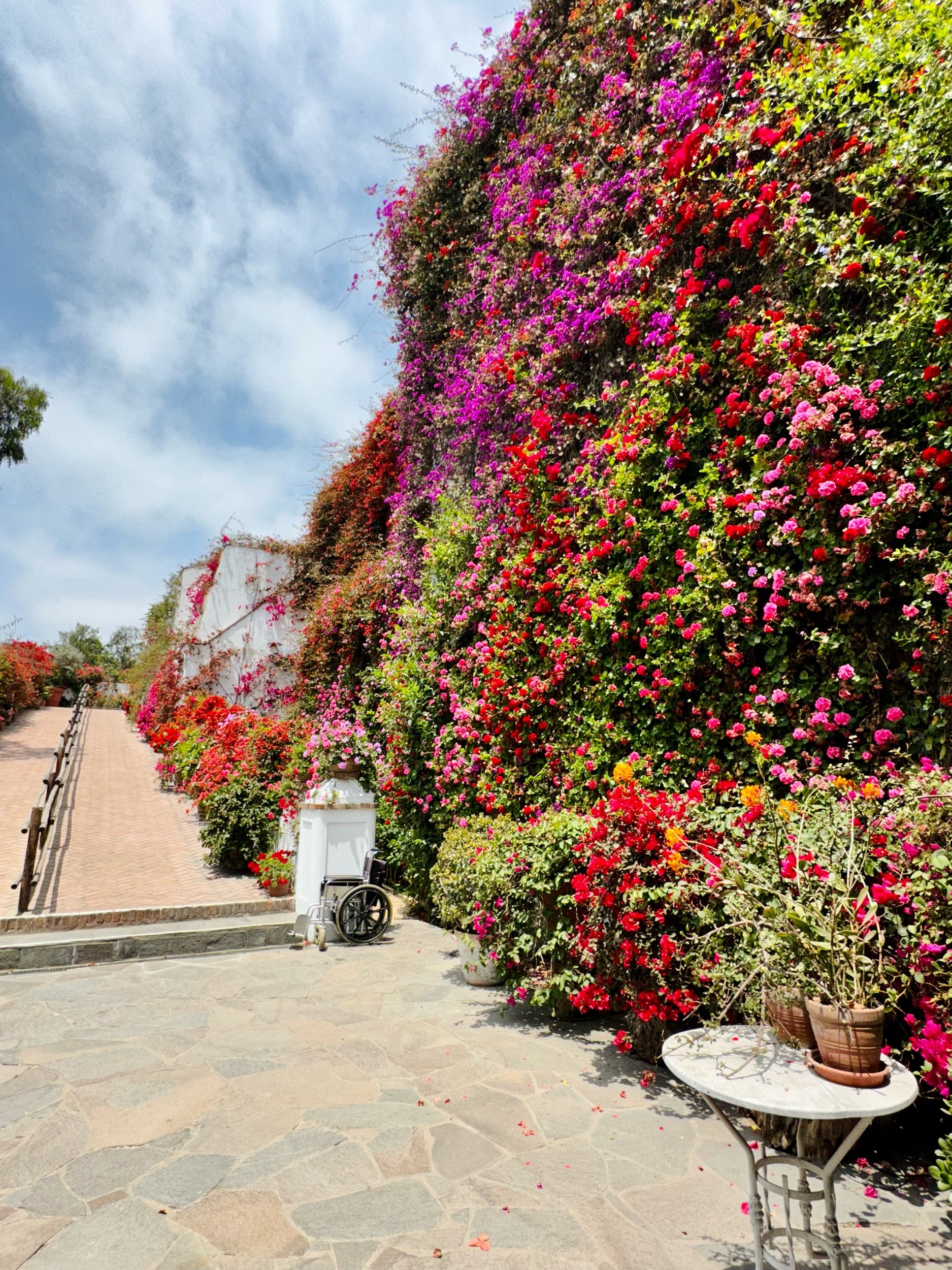
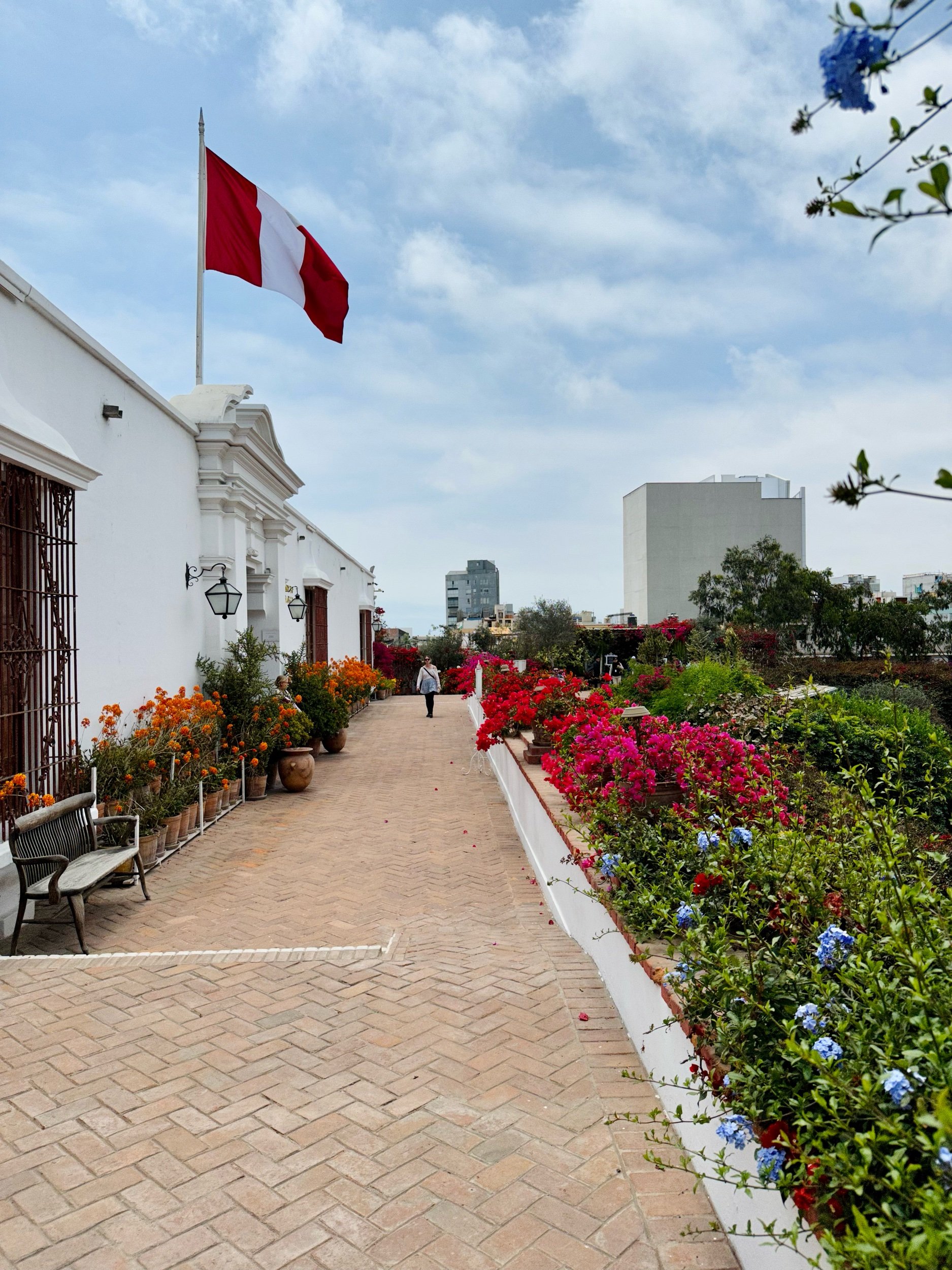
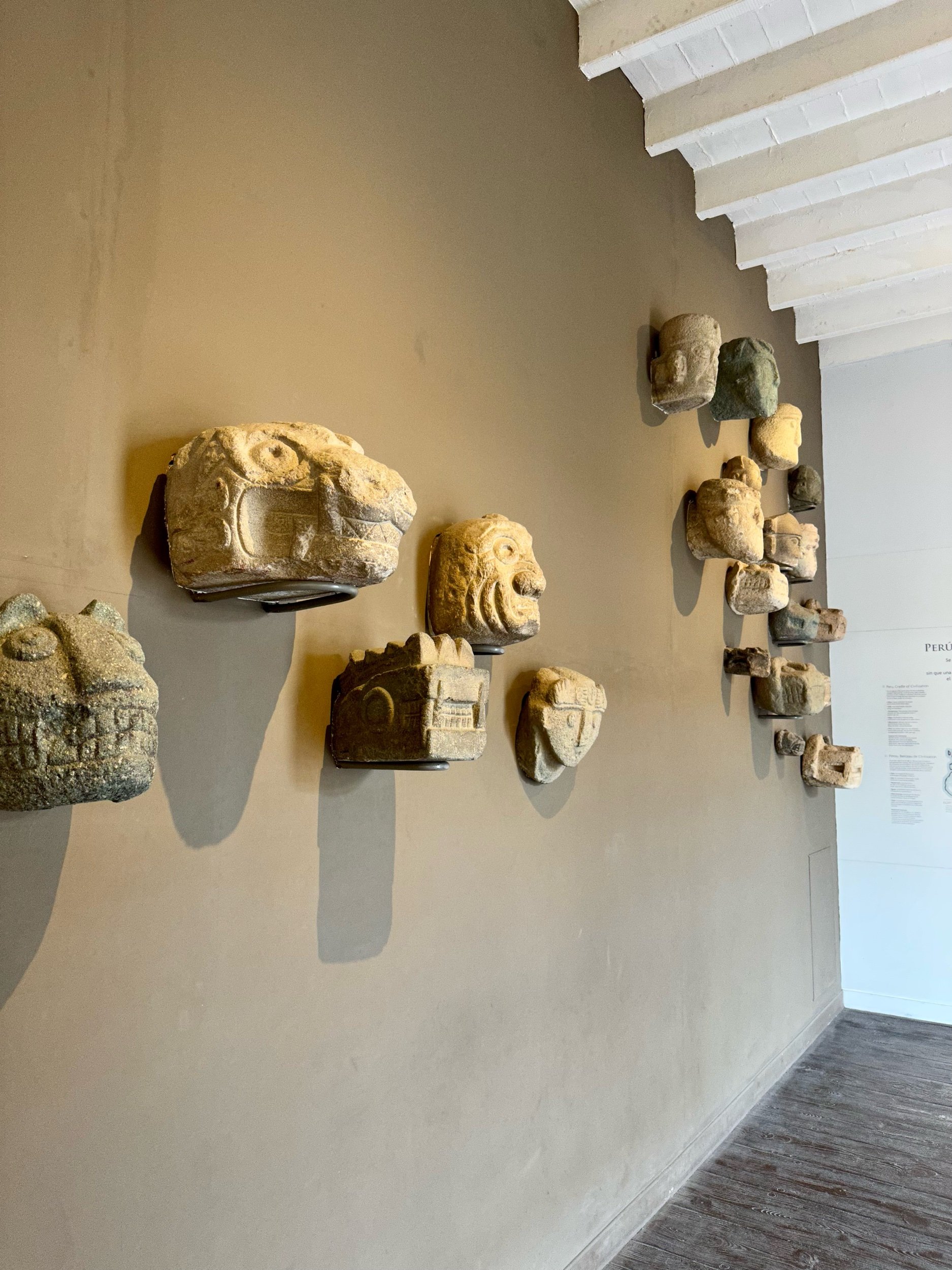

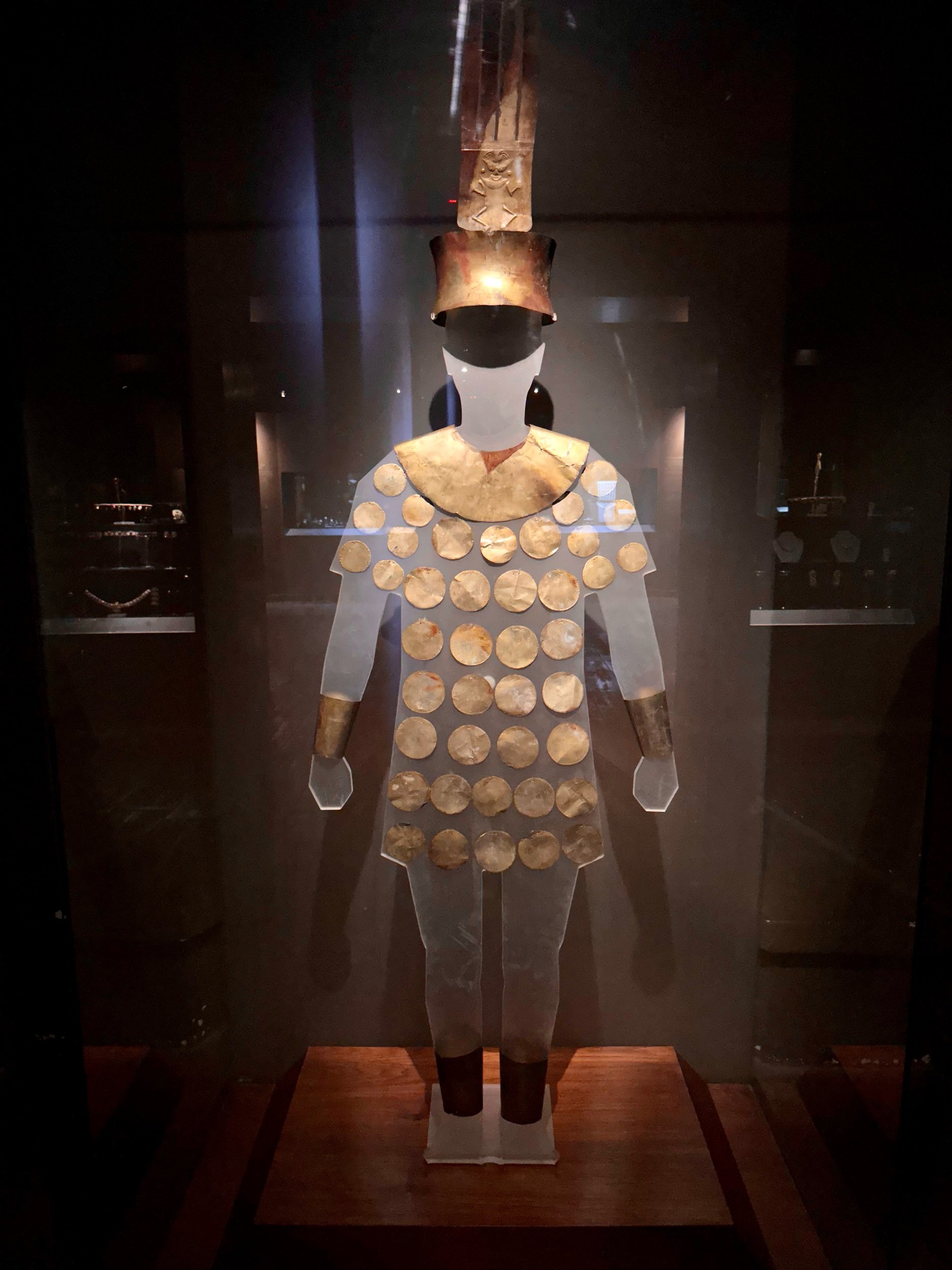
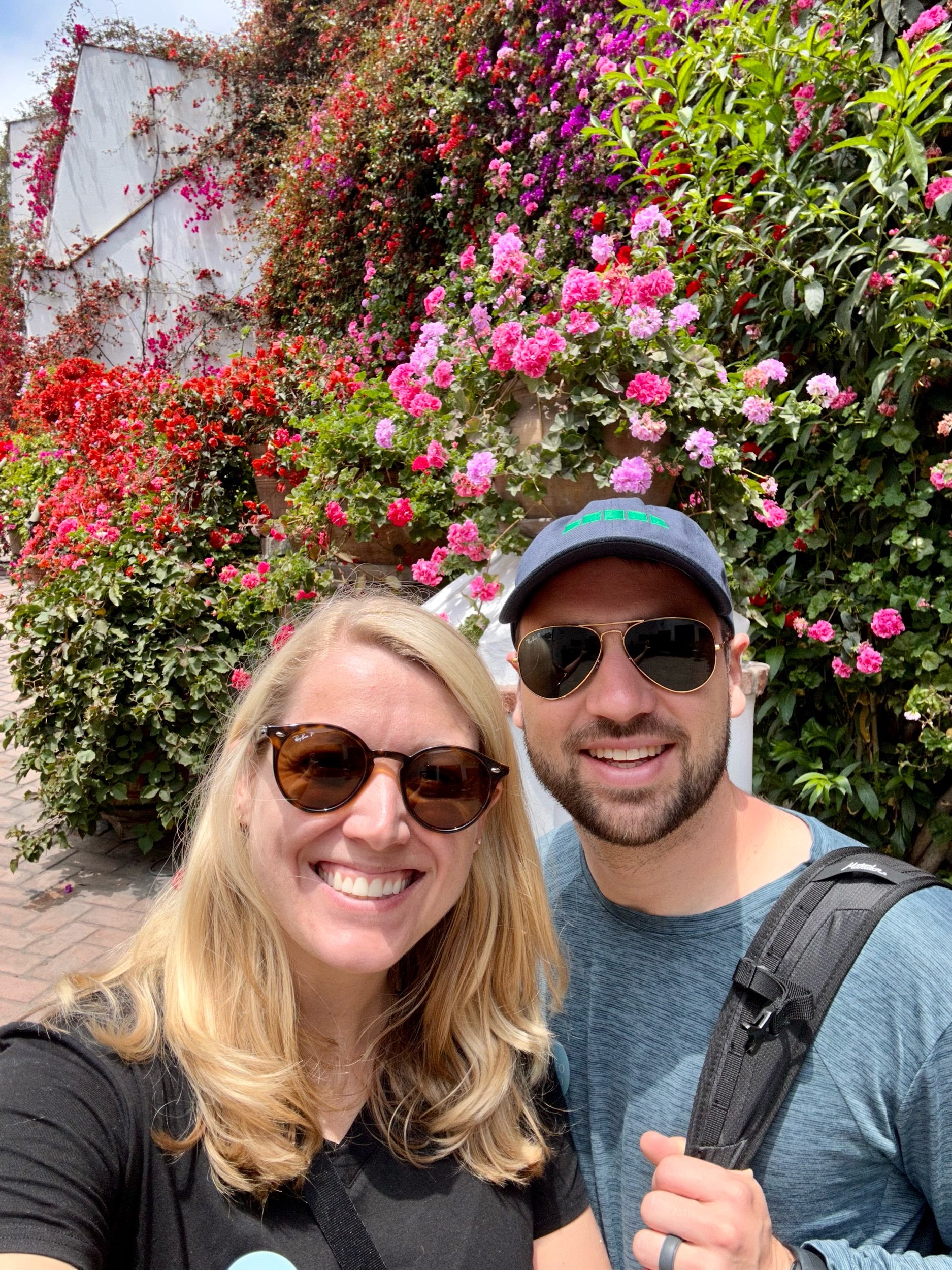
We then went to The Malecón which is a protected walkway and cycle path all along the coastal cliffs of Lima: think like the Beltline but better in every way? That’s the Malecón. We rented City bikes (not Citi) and had a lovely time. We stopped at Parque del Amor in Miraflores and then went to the Mercado San Martin which was a cool, new food hall with a bunch of different types of cuisines (Matt got fried chicken, Susan got an empanada).

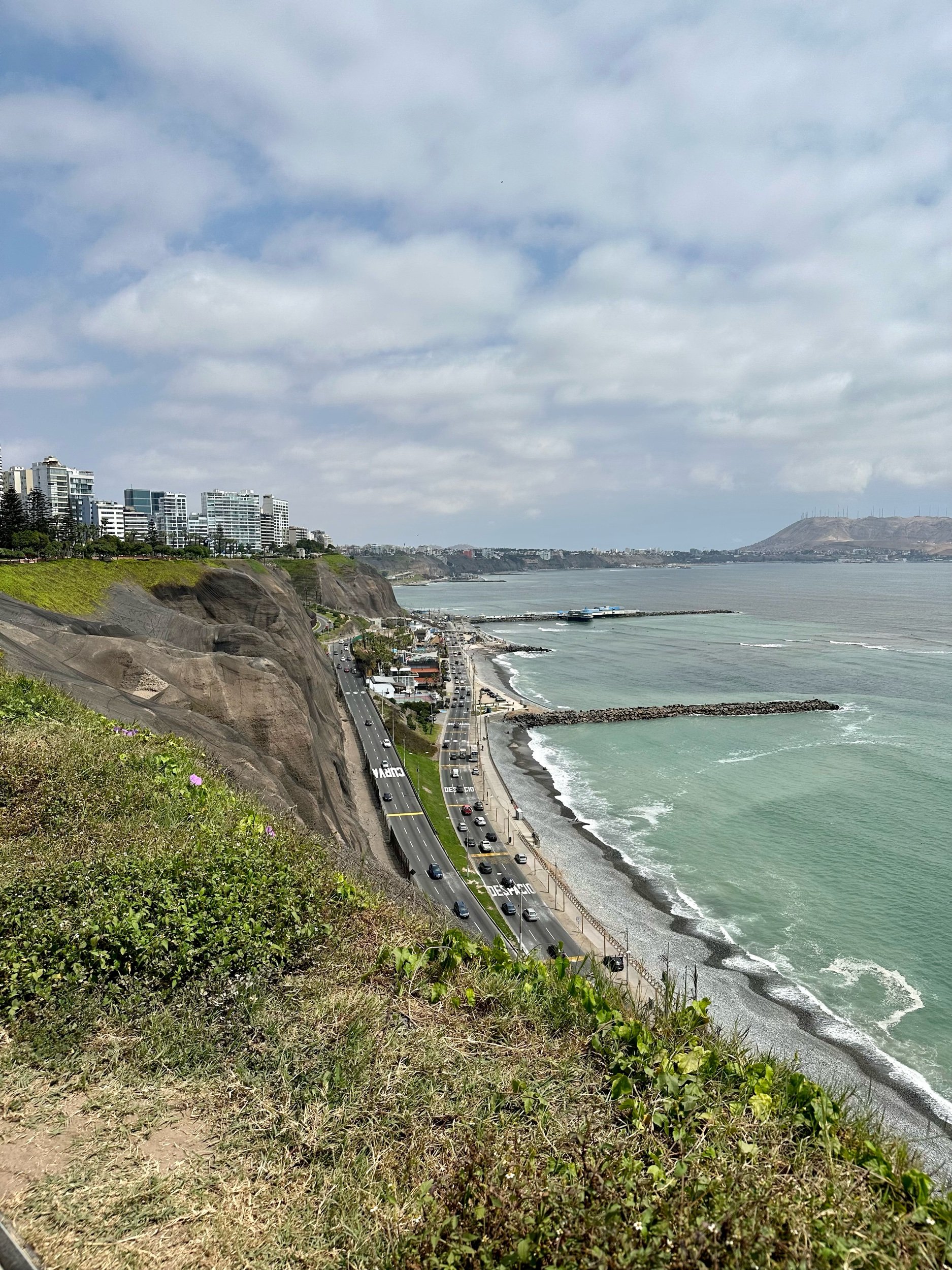


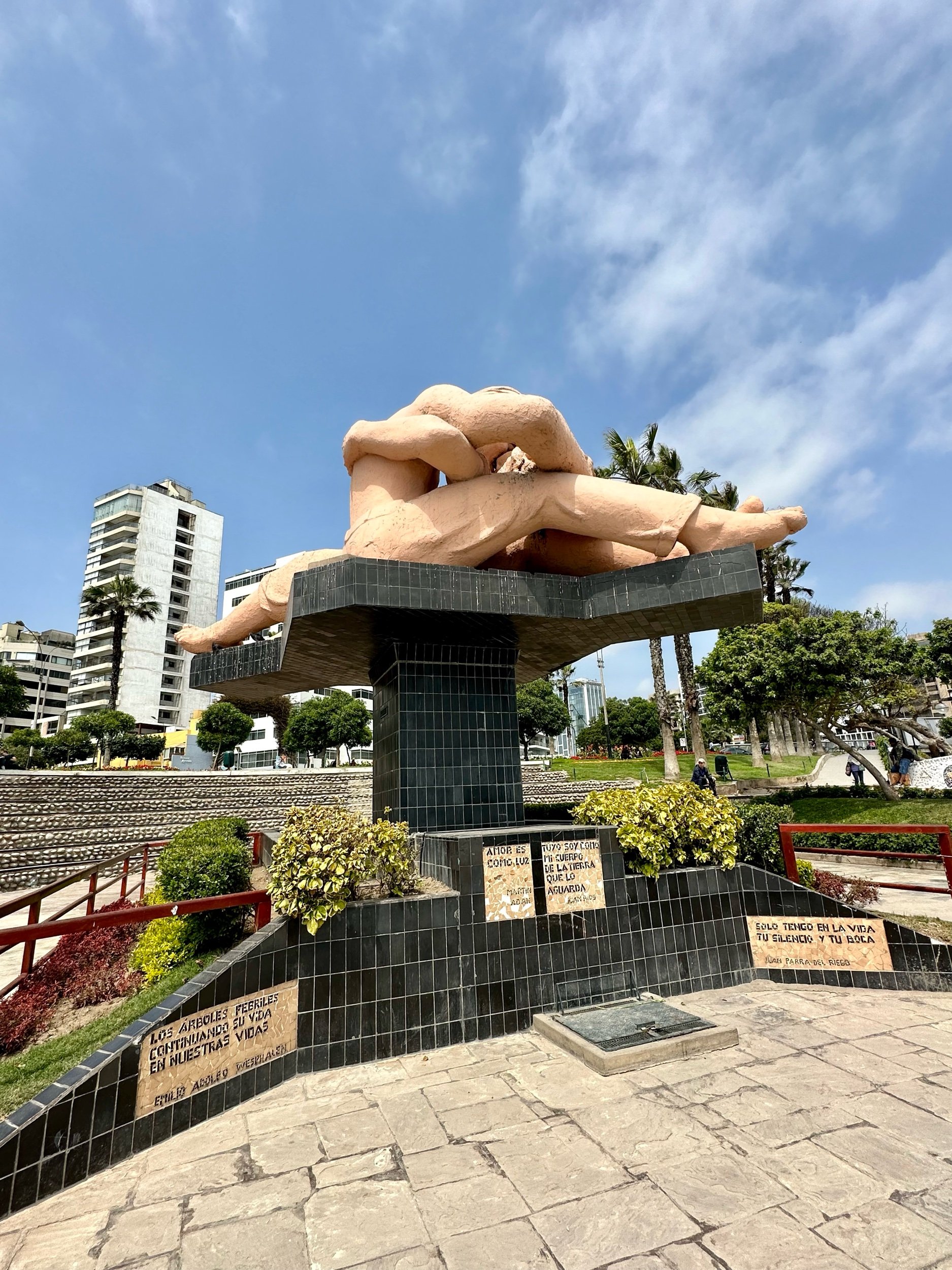
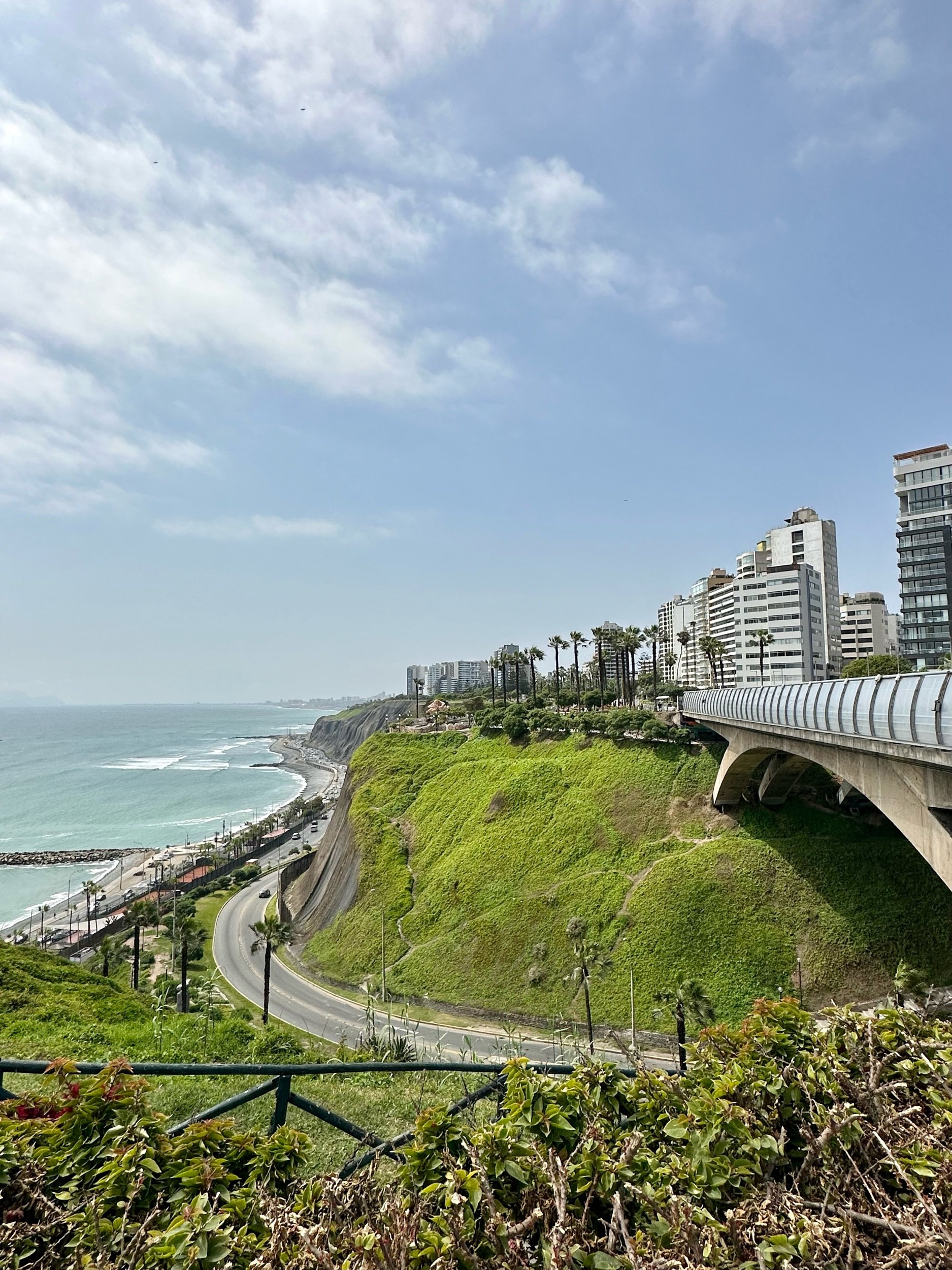

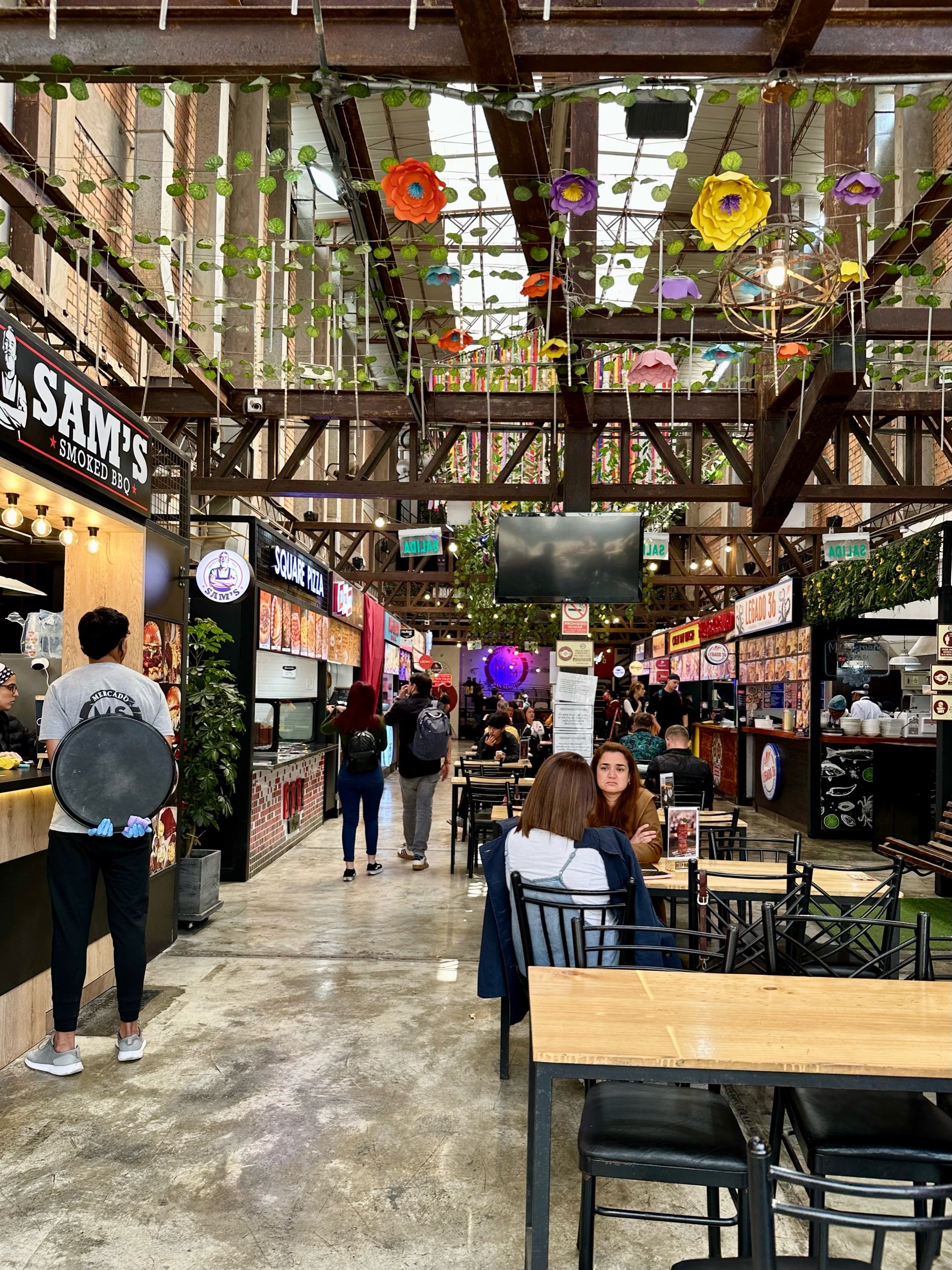
We then visited a local market and bought some fresh oranges for the bus ride the next day. After that we took the Metroplino to the Museo de Arte de Lima (MALI) and looked at some art. It was interesting but still kind of a typical art gallery which neither of us know how to properly appreciate so, sorry to the art lovers but it was fine. We then walked to the Magic Water Circuit. The Magic Water Circuit is supposed to be this really interesting light show on the water fountains that all the tourists and kids eat up. At this point it was getting dark, getting cold, and the scheduled start time was pushed back by 45 minutes. We sat there for like an hour and 45 minutes looking at the huge water fountain, and then realized the magic water circuit was on the other, smaller fountain and we were staring at the side of it so we couldn't see anything. We left and now harbor much resentment towards the Magic Water Circuit. We tried our first Chifa restaurant (a combination of Peruvian and Chinese food formed when generations of Chinese Labor immigrated to Peru in the late 1800s) and got the Pollo Tallarín, a stir-fry noodle dish; it was pretty bland and not very good. We won’t give up on the Chifa concept quite yet though.

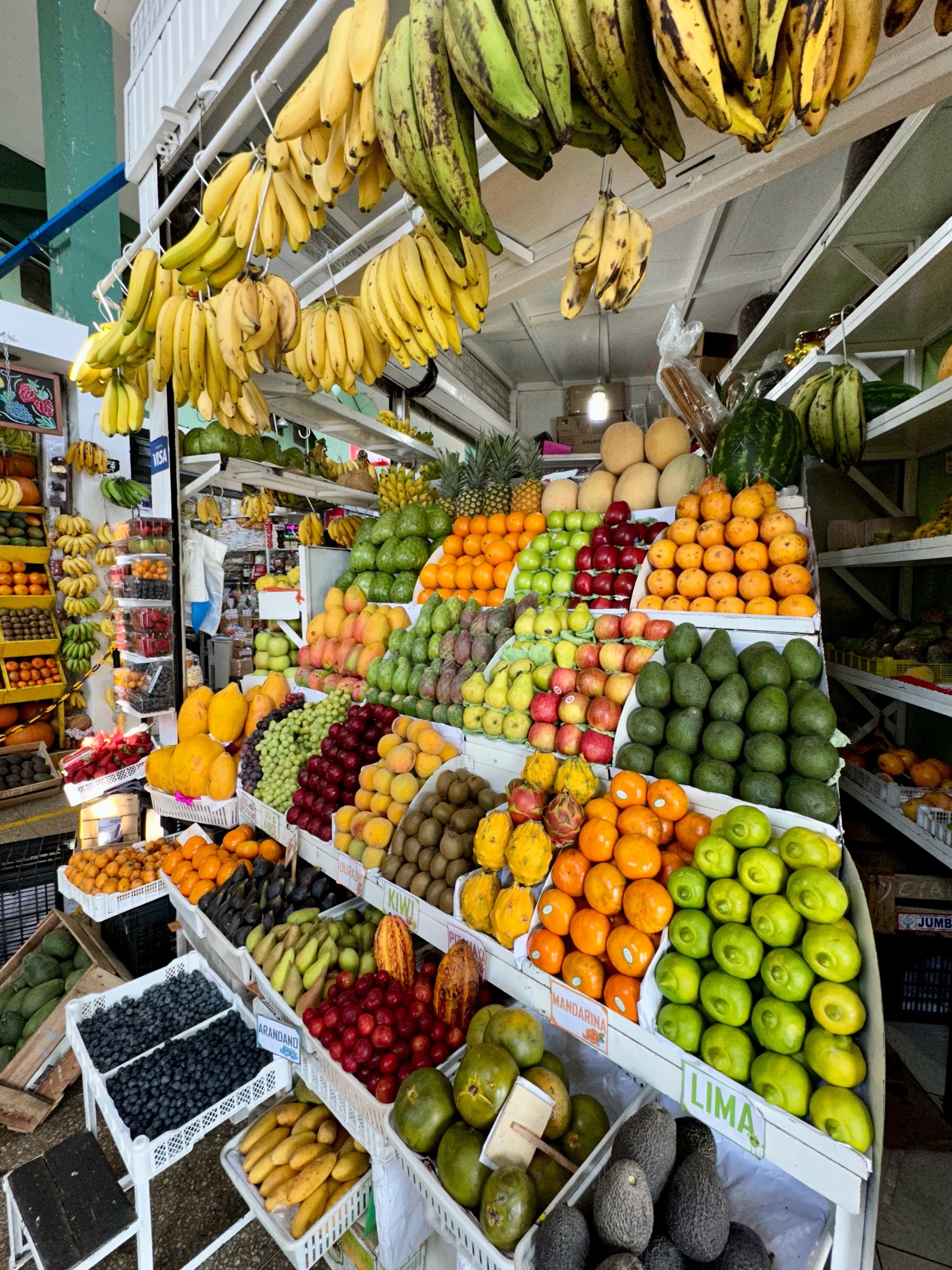
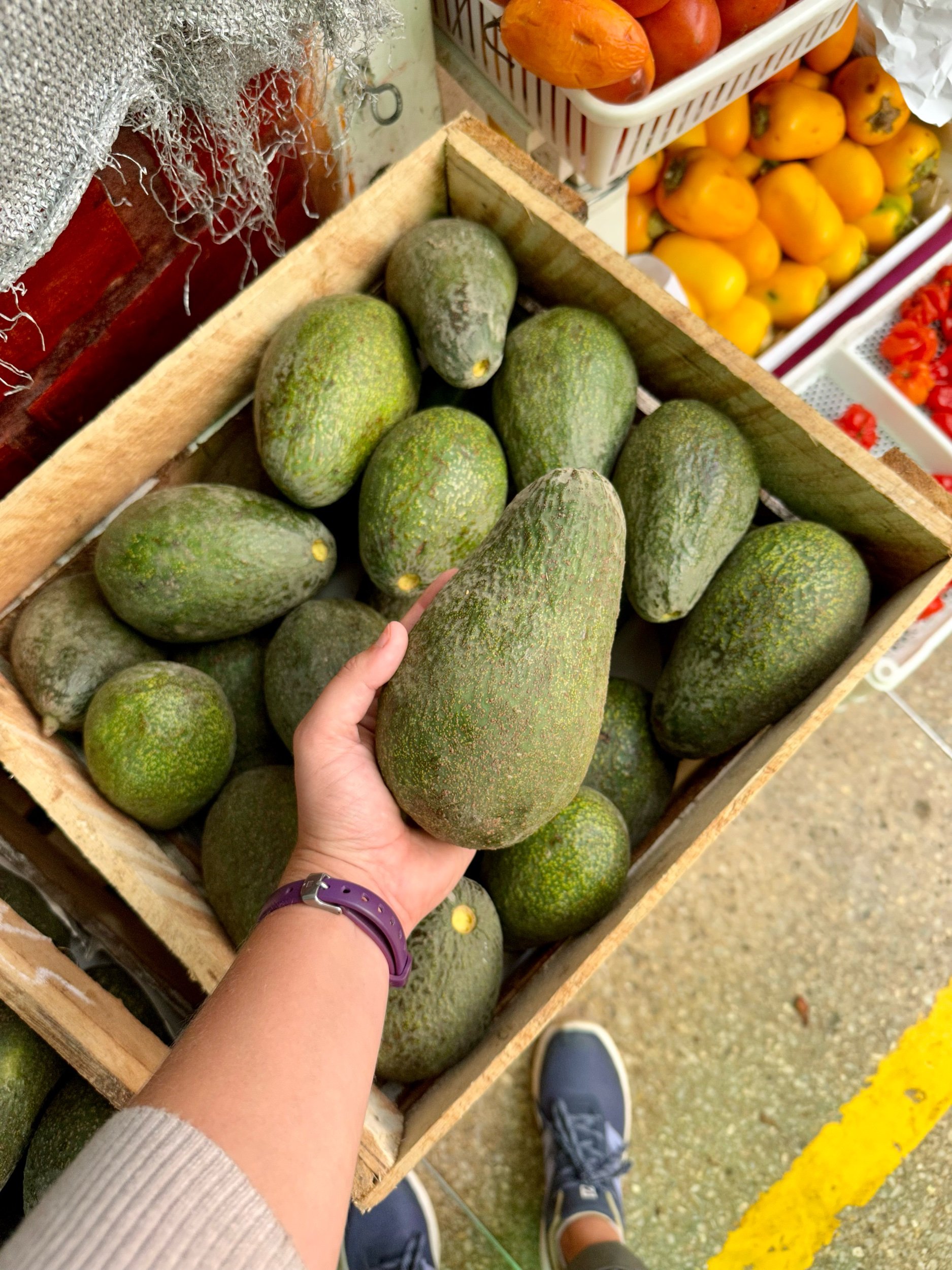
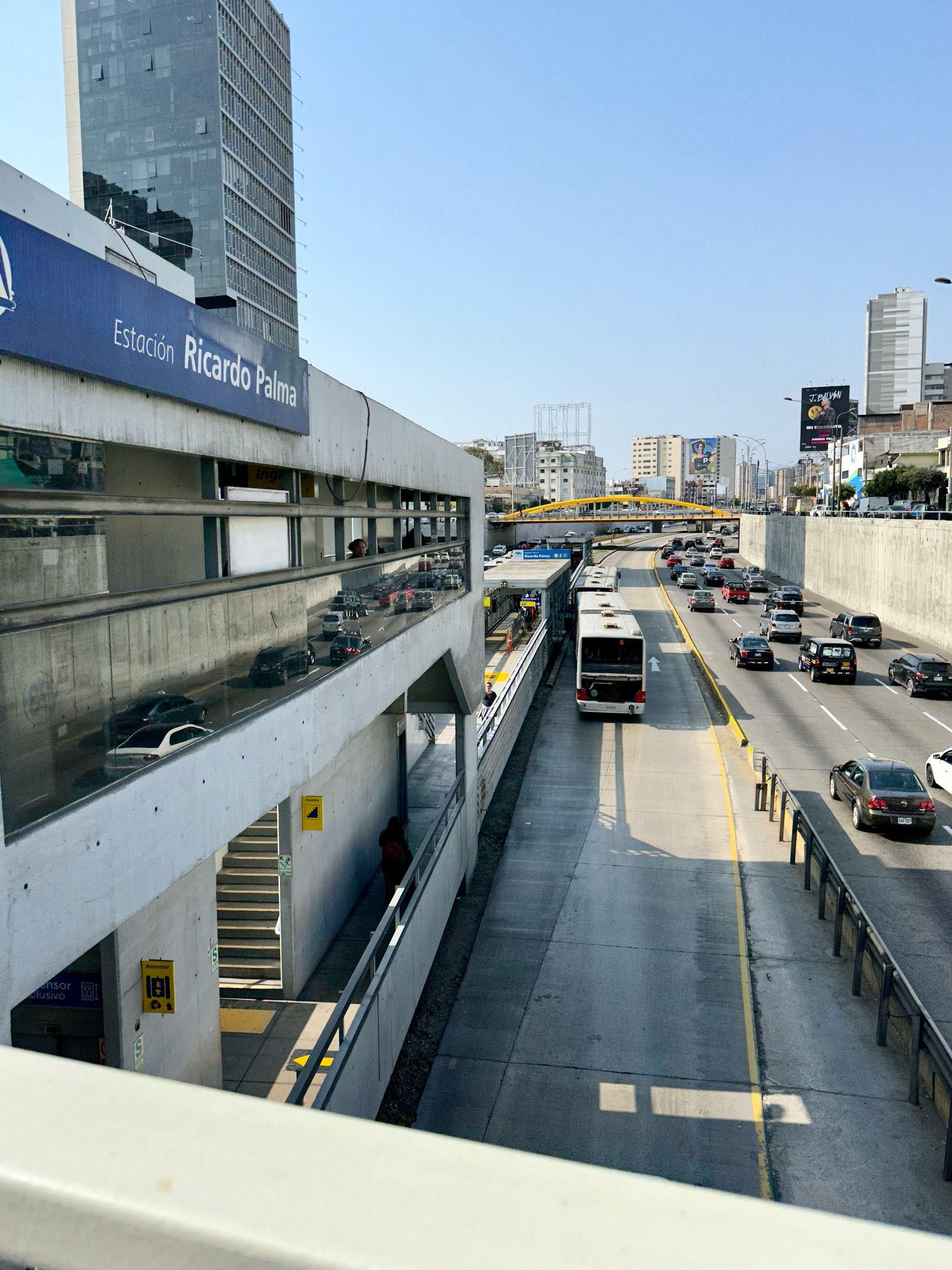
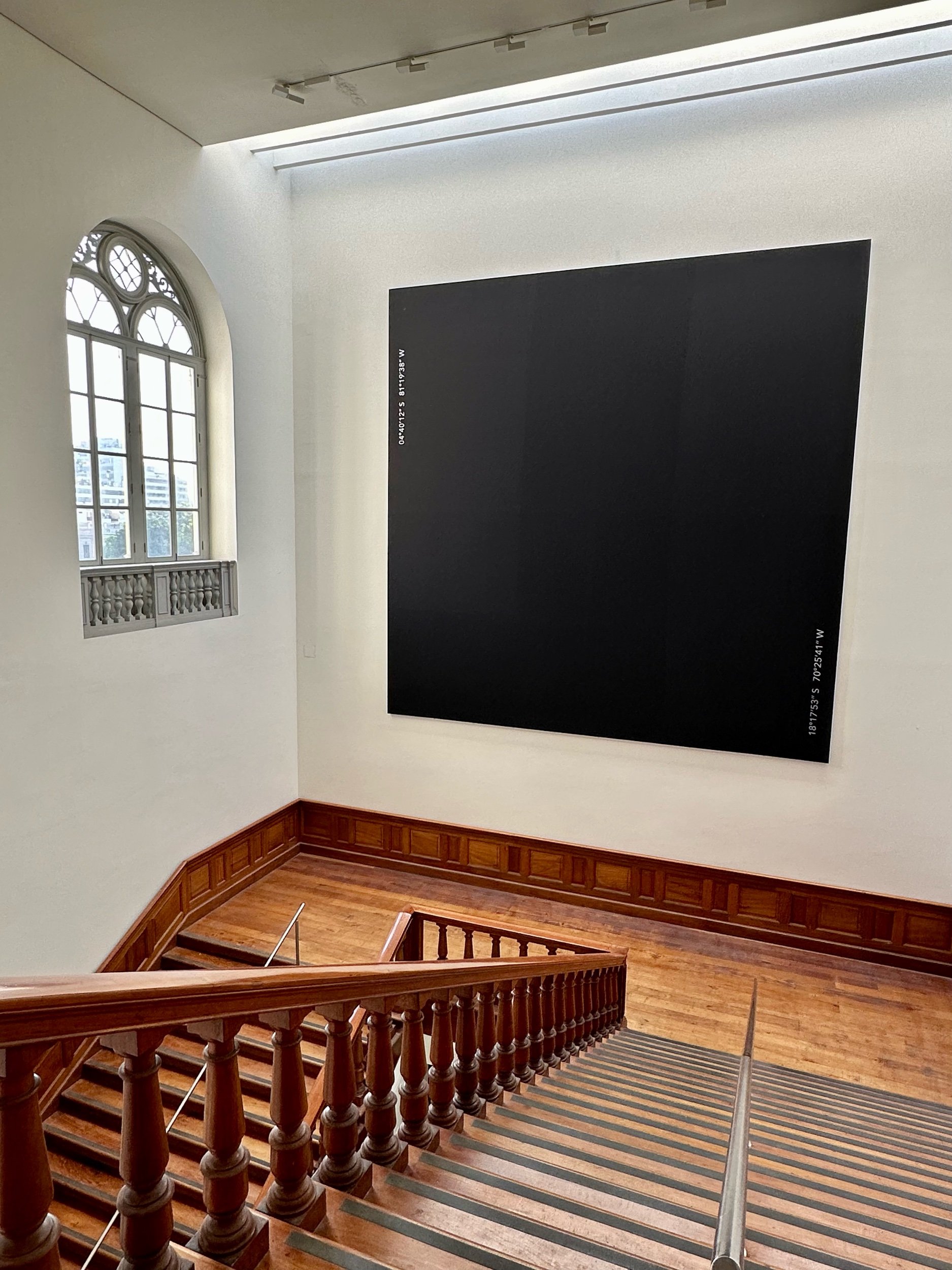
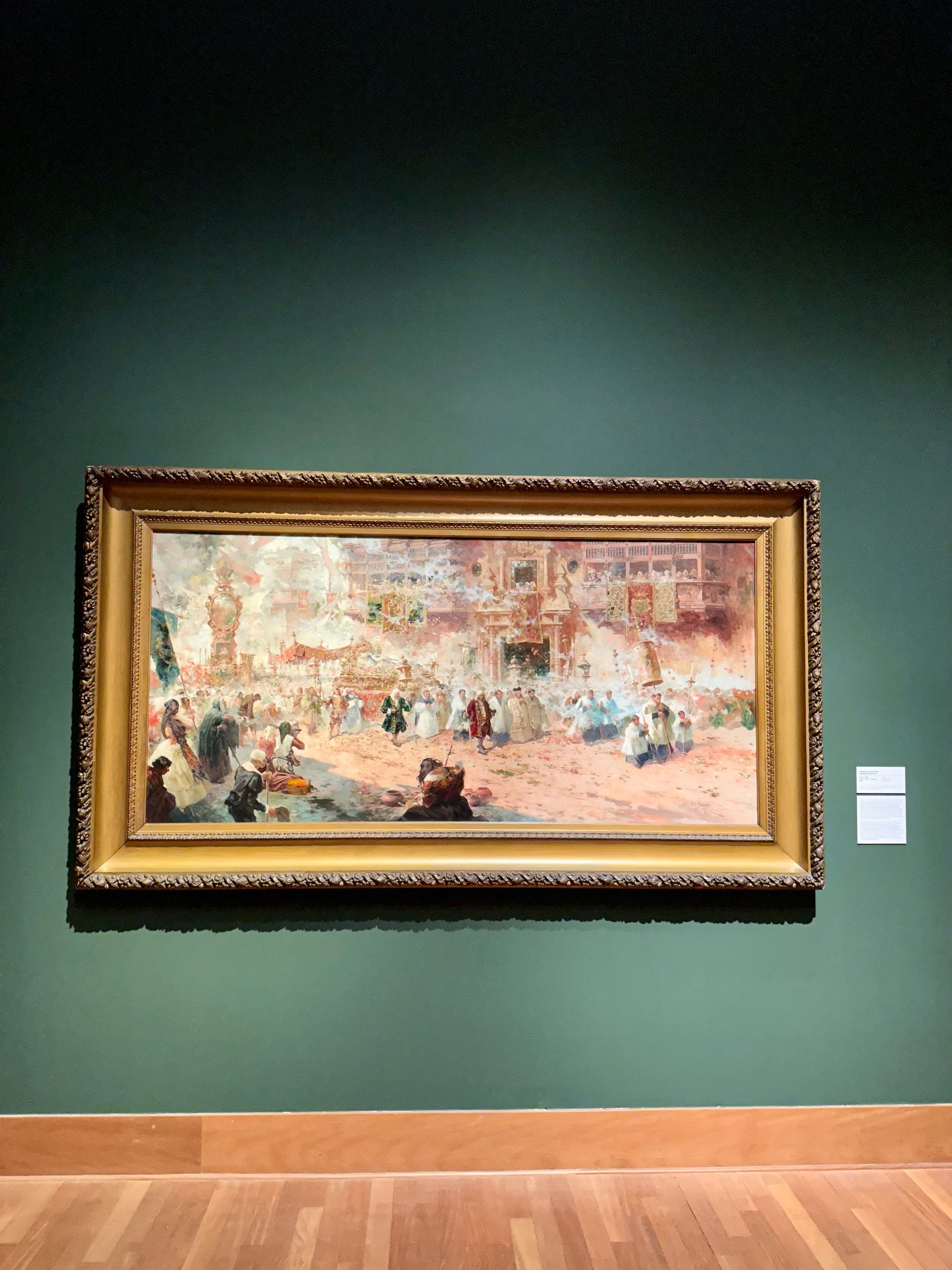
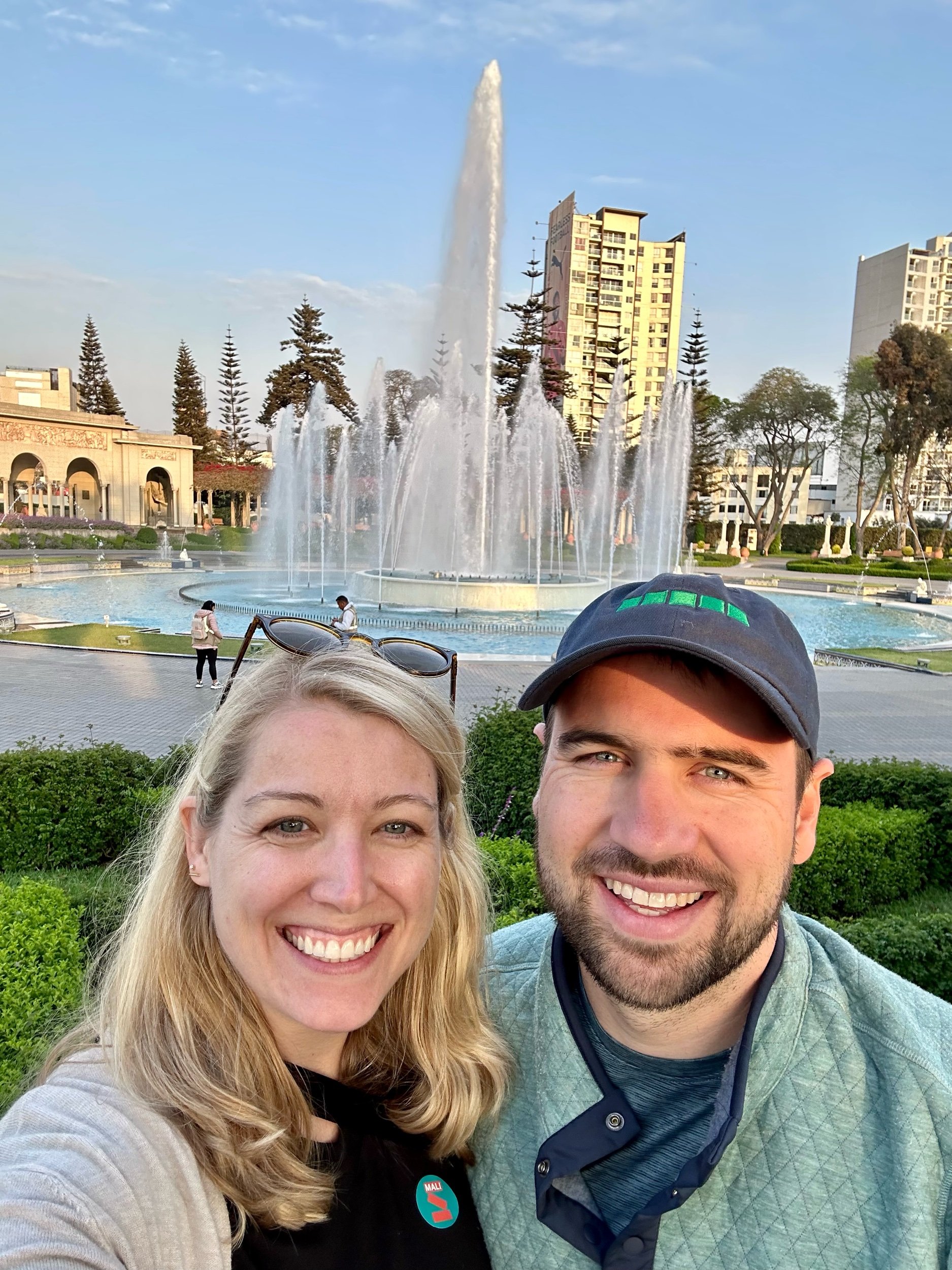
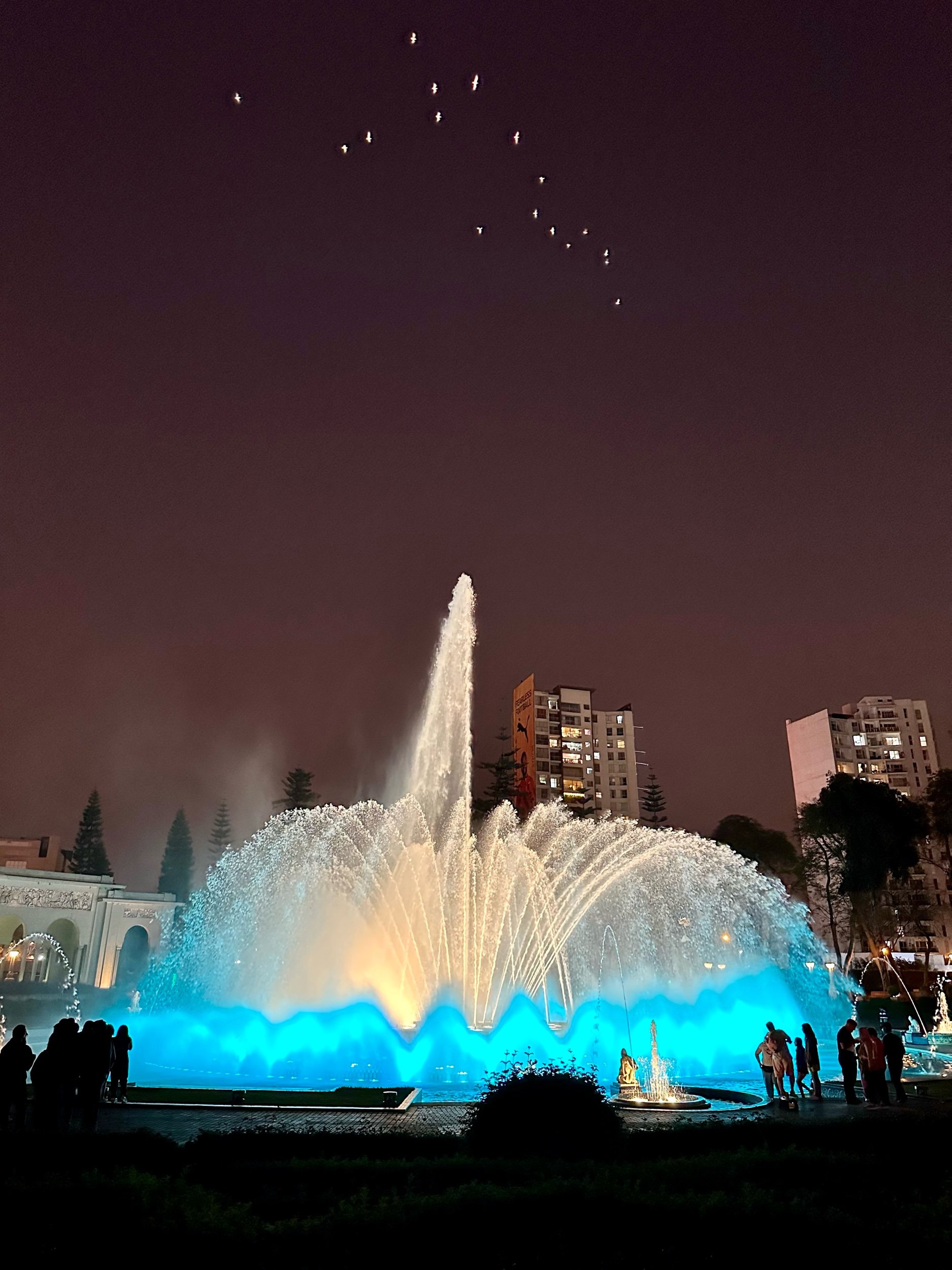
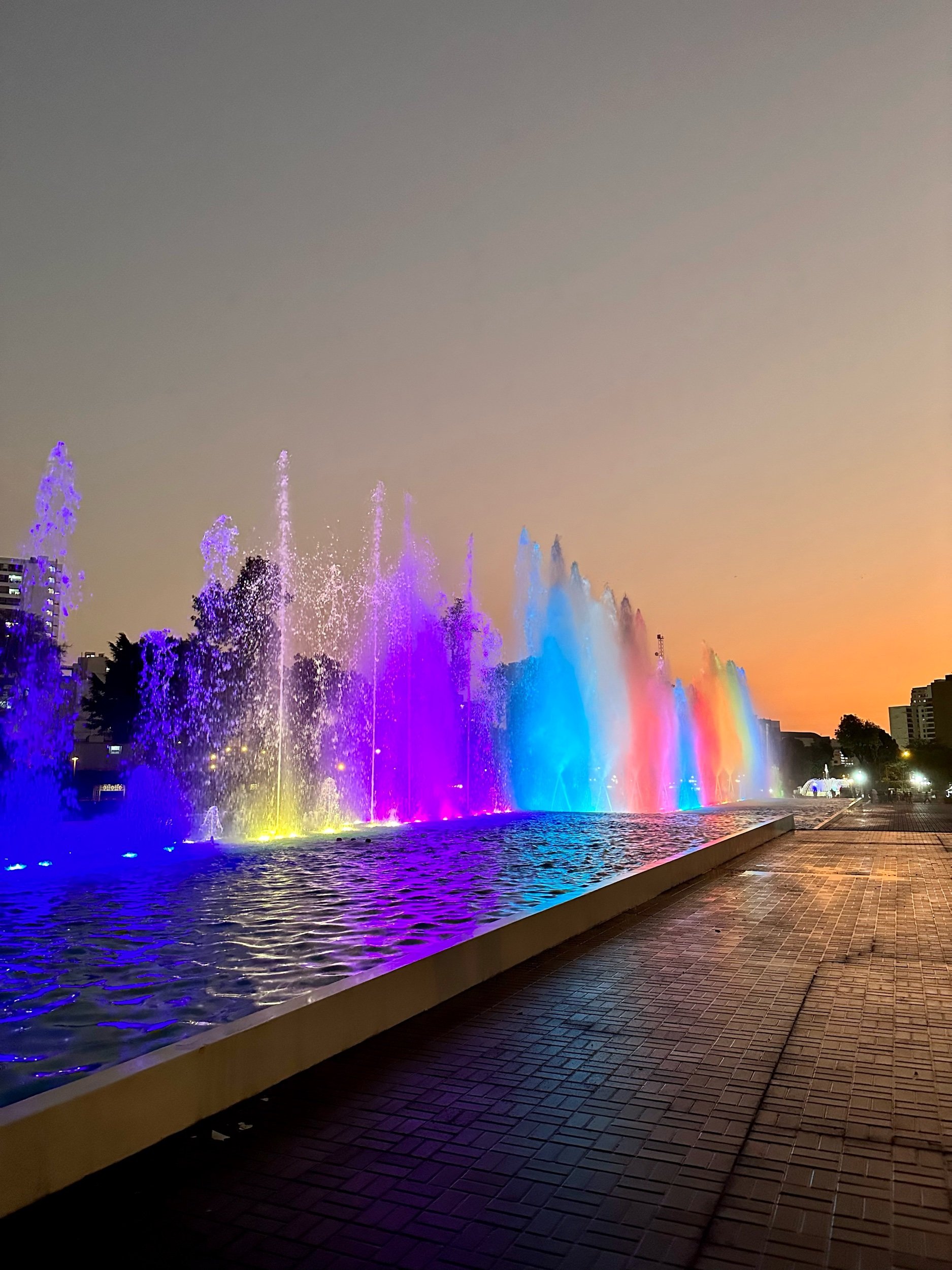
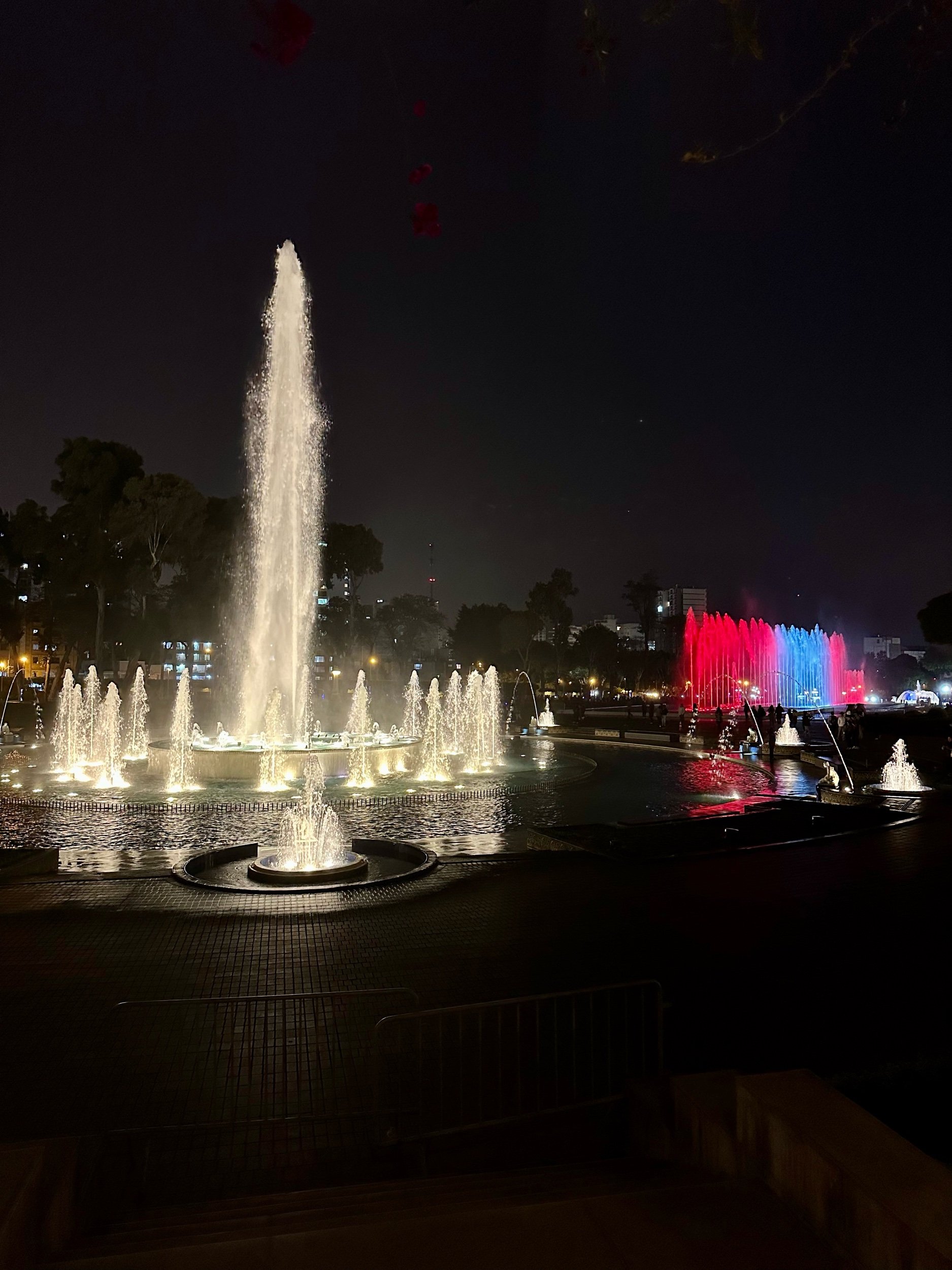
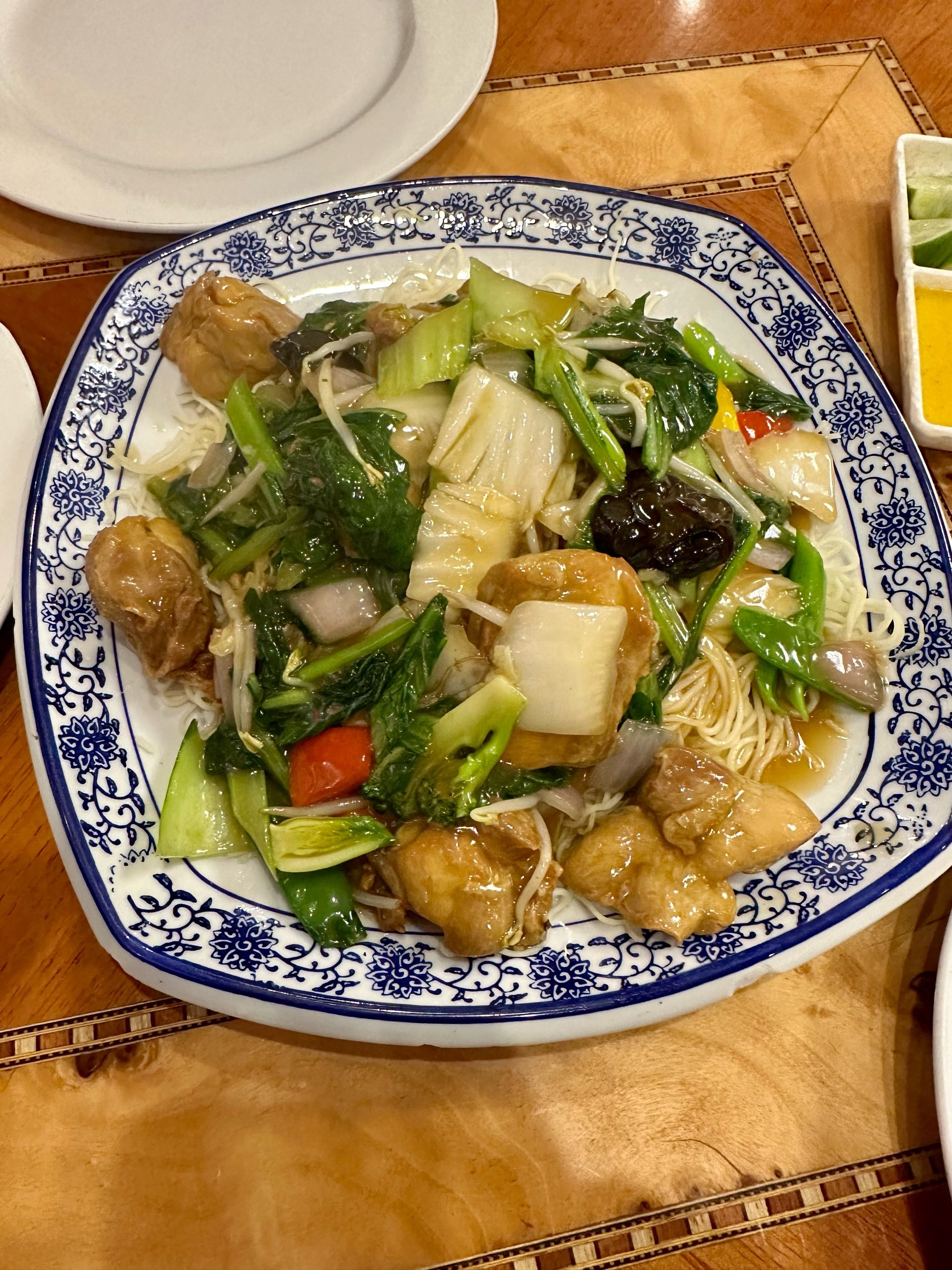
That was our time in Lima! We loved learning about the history and culture of both the ancient civilizations that thrived in Peru for millennia as well as how Lima grew under European influences during Spanish rule. Like all cities Lima has beautiful neighborhoods and walkable streets and then poor slums only a half mile away. The level of inequality seemed to be more visually present here than in most cities but maybe that’s my own American biases. We are excited to continue our trip to Huaraz, a smaller mountain city north of Lima. And we will still be dreaming about that ceviche for many nights.
